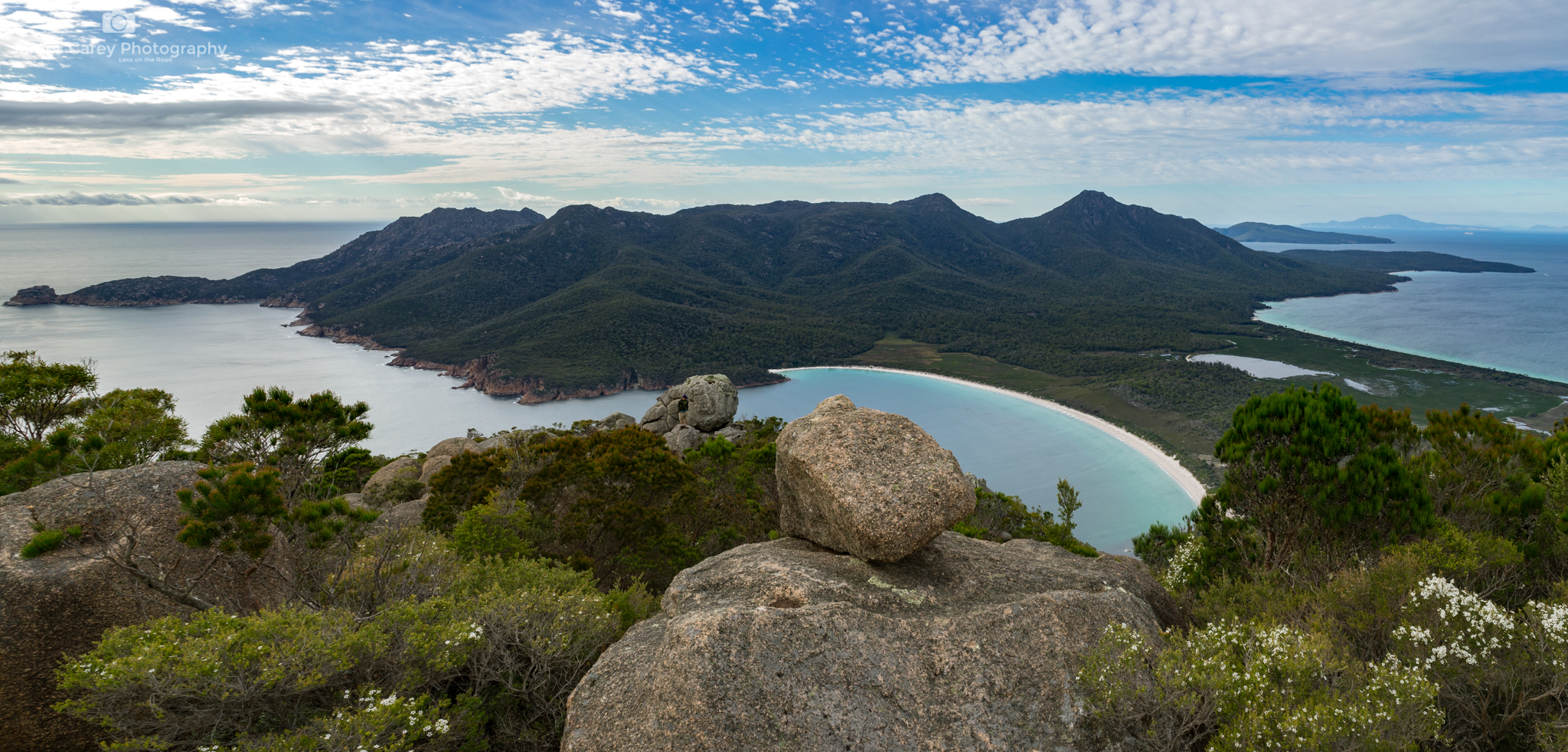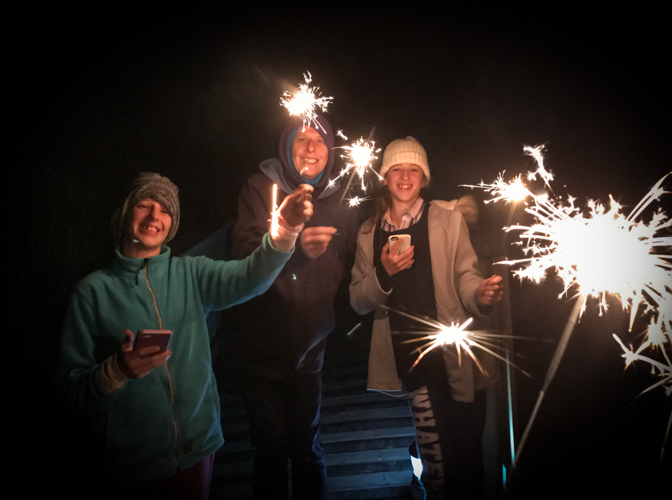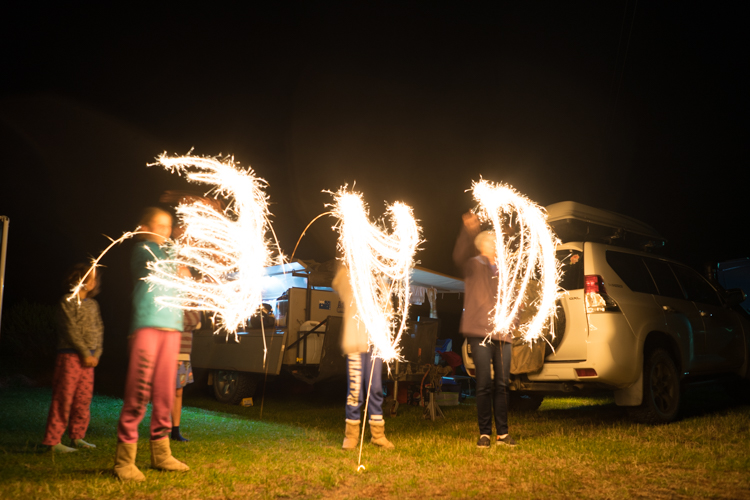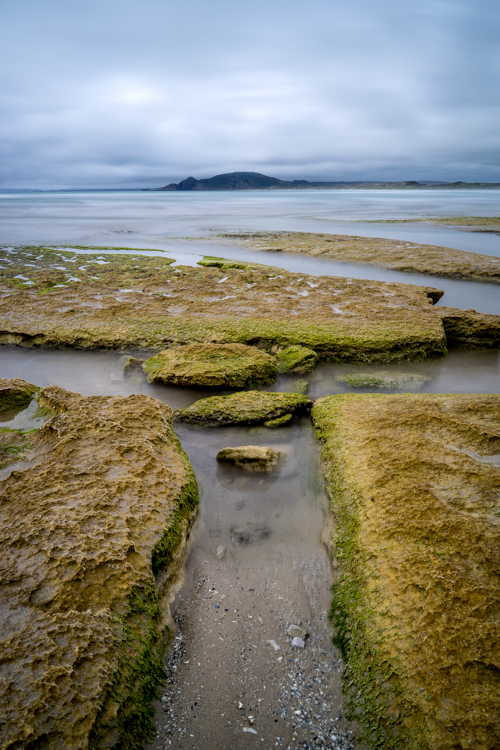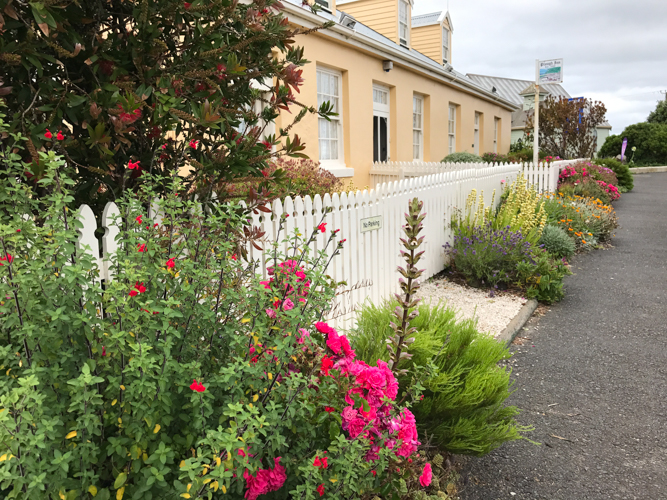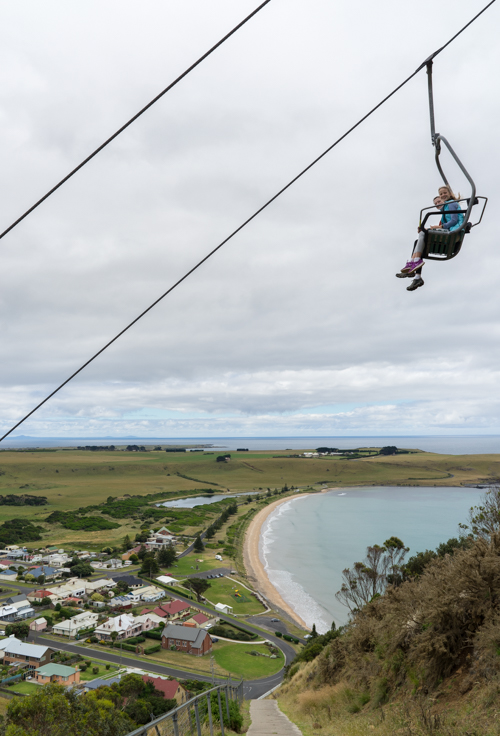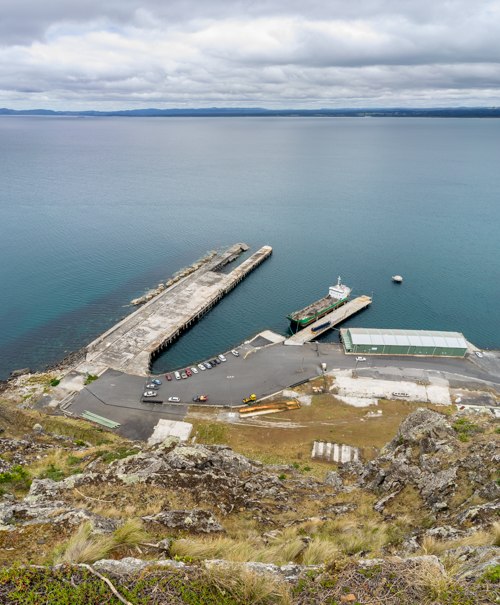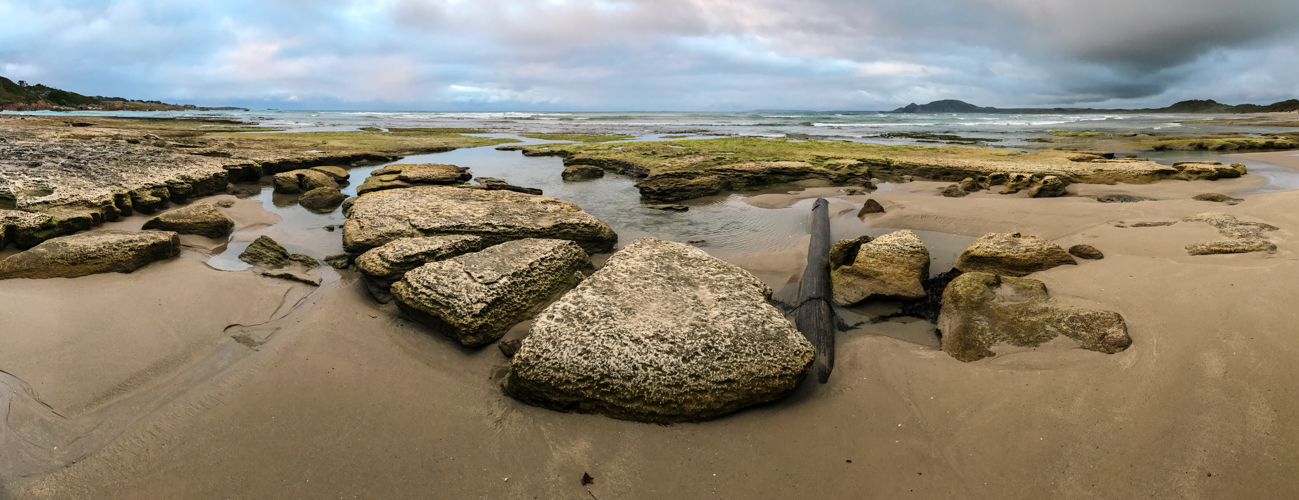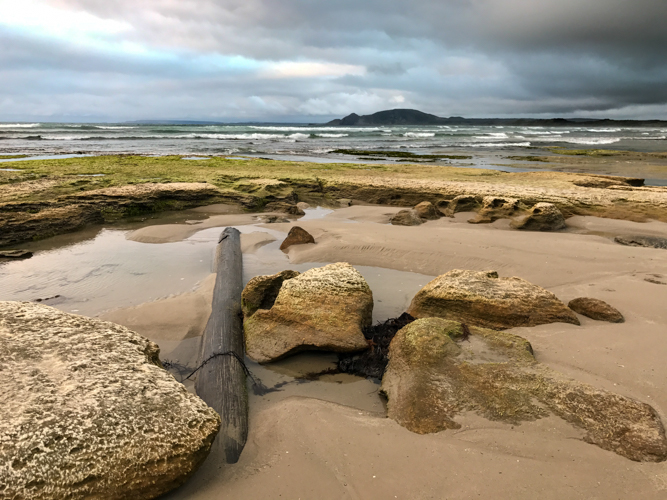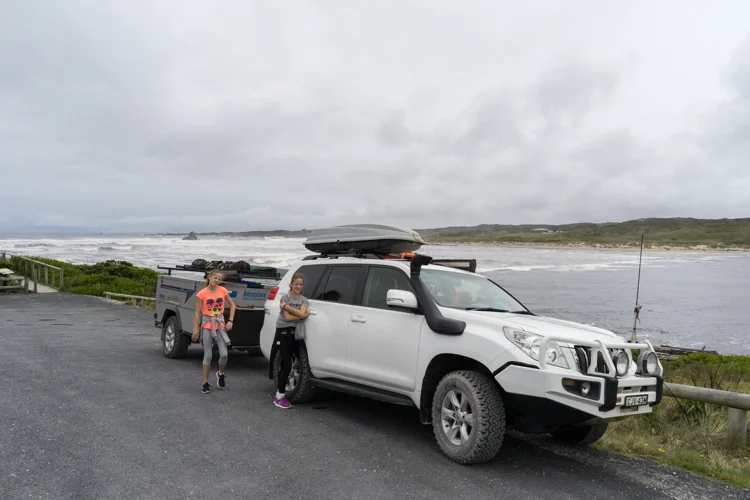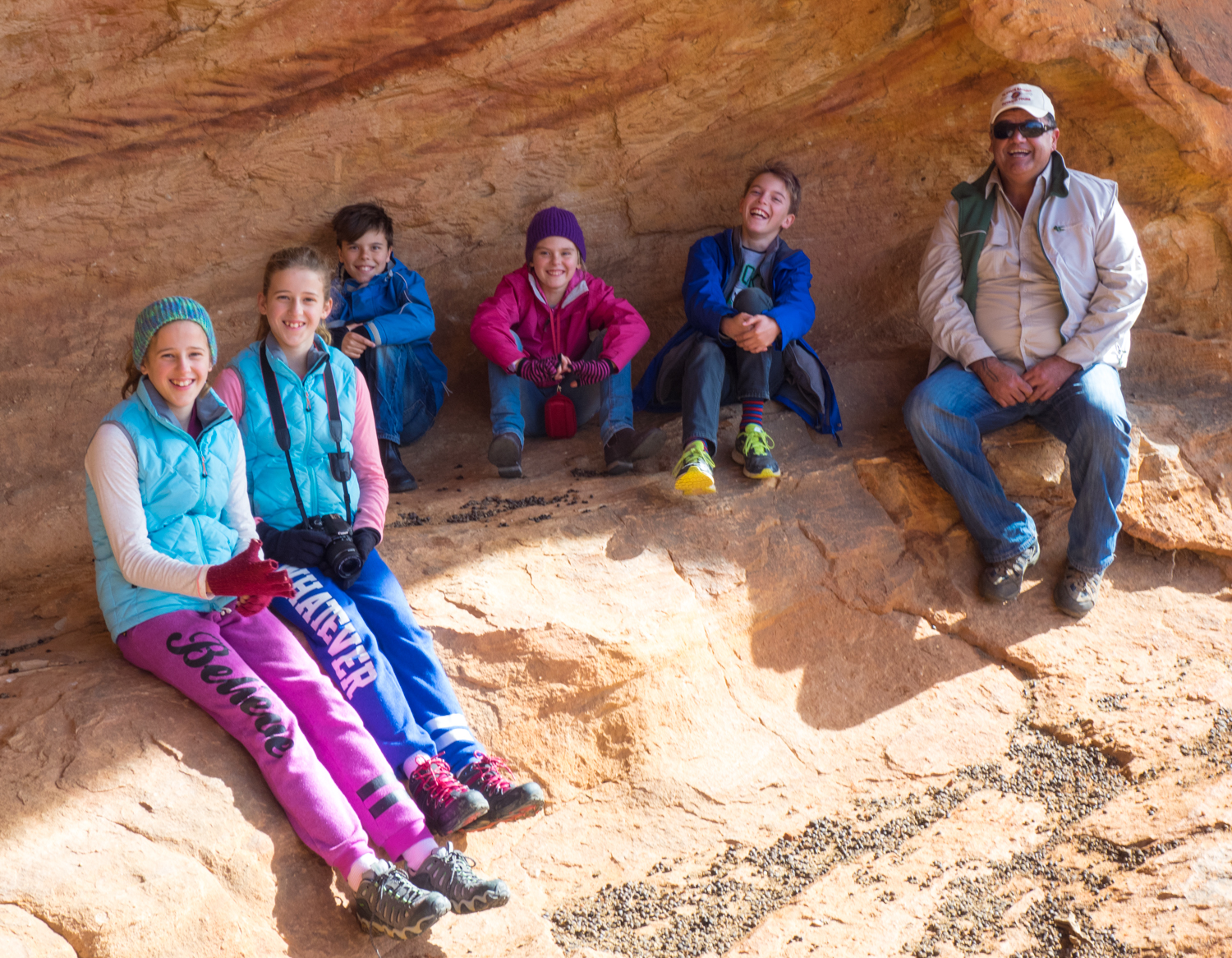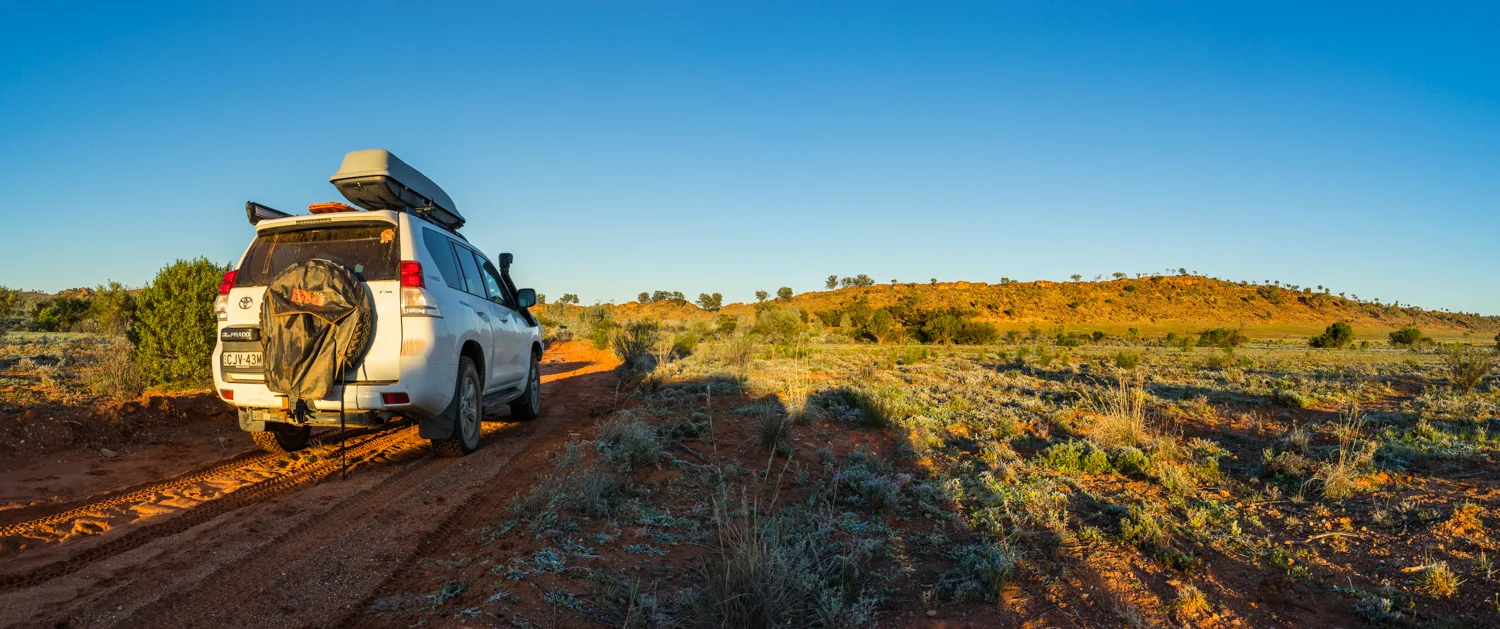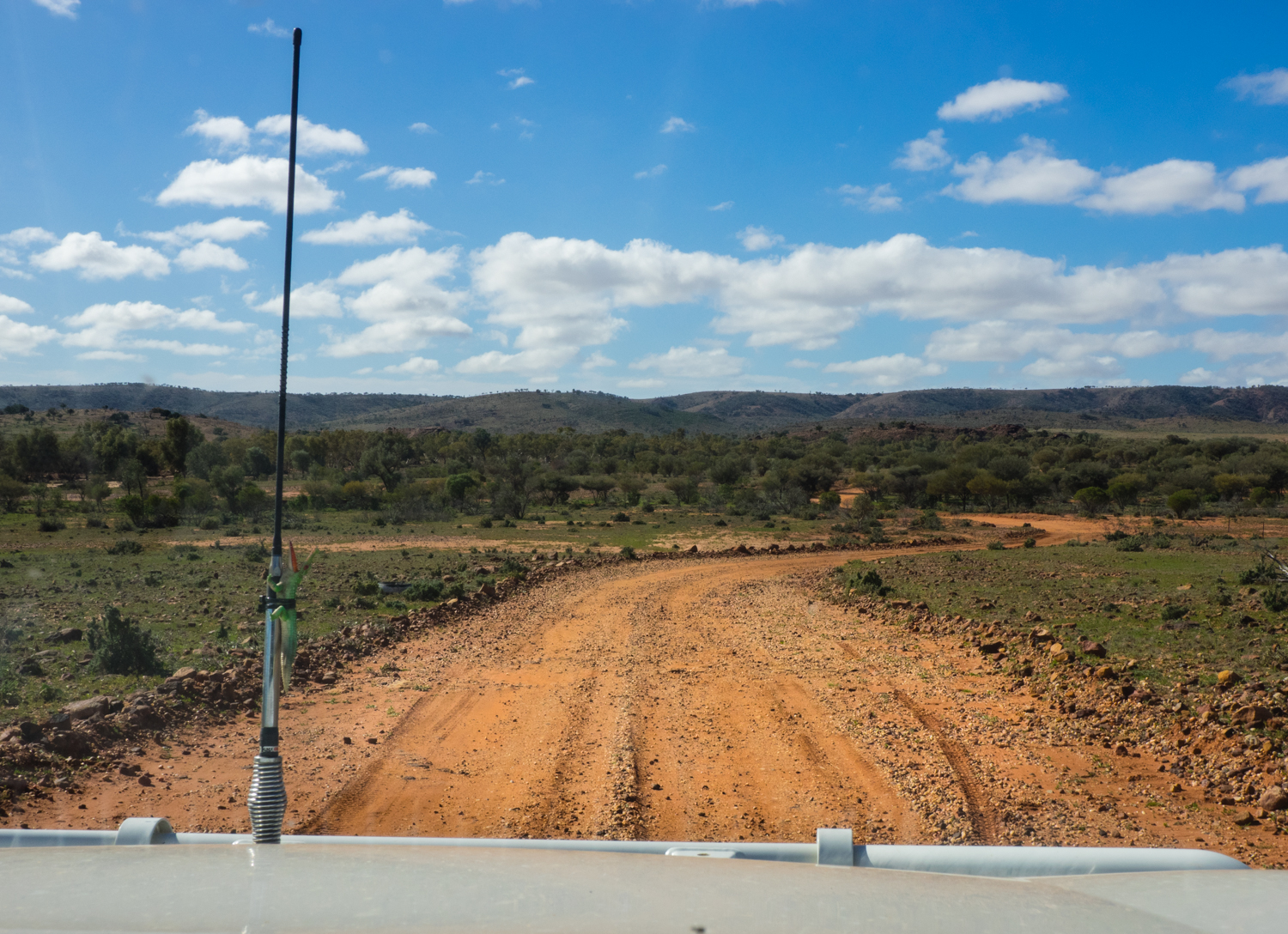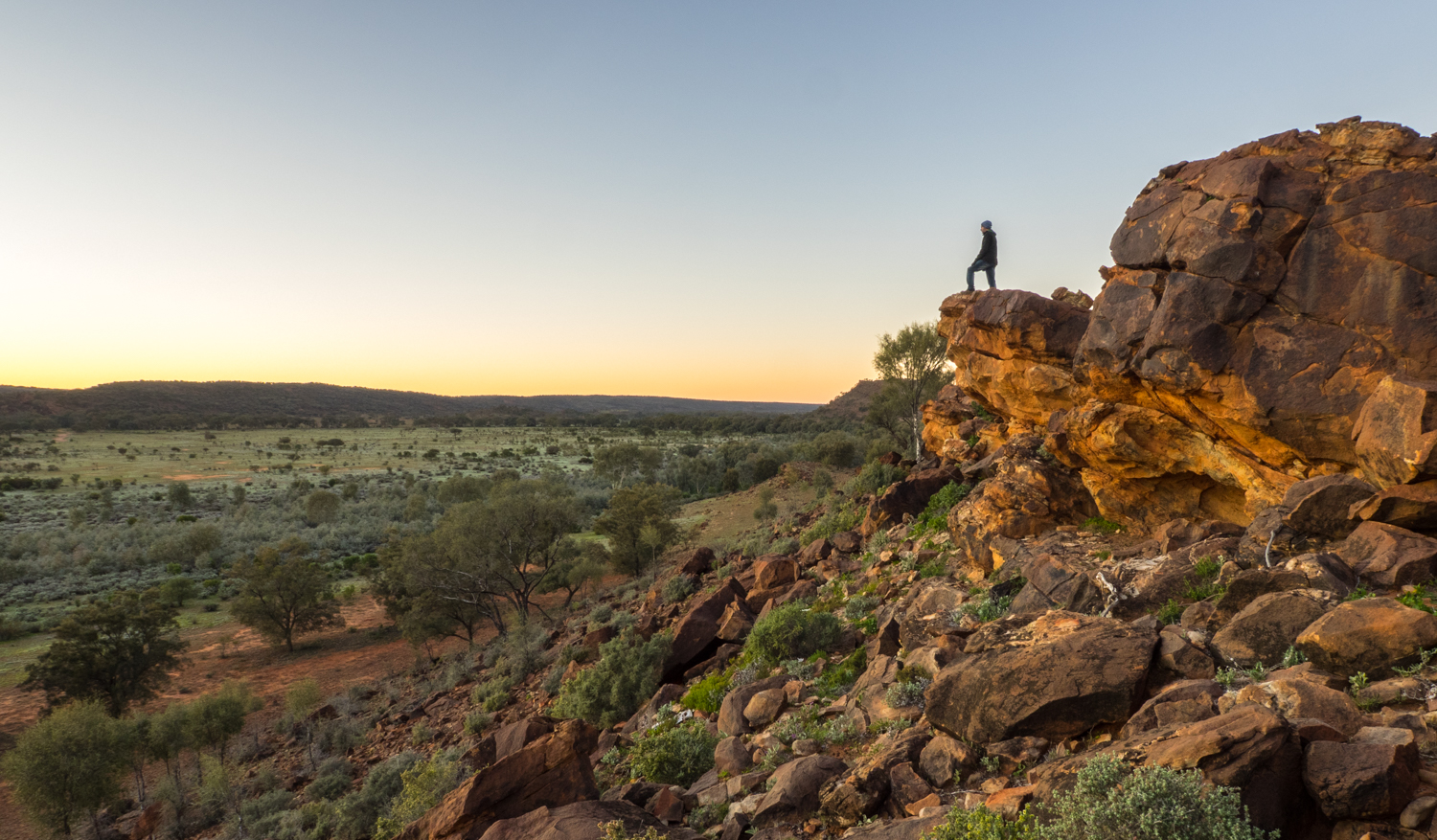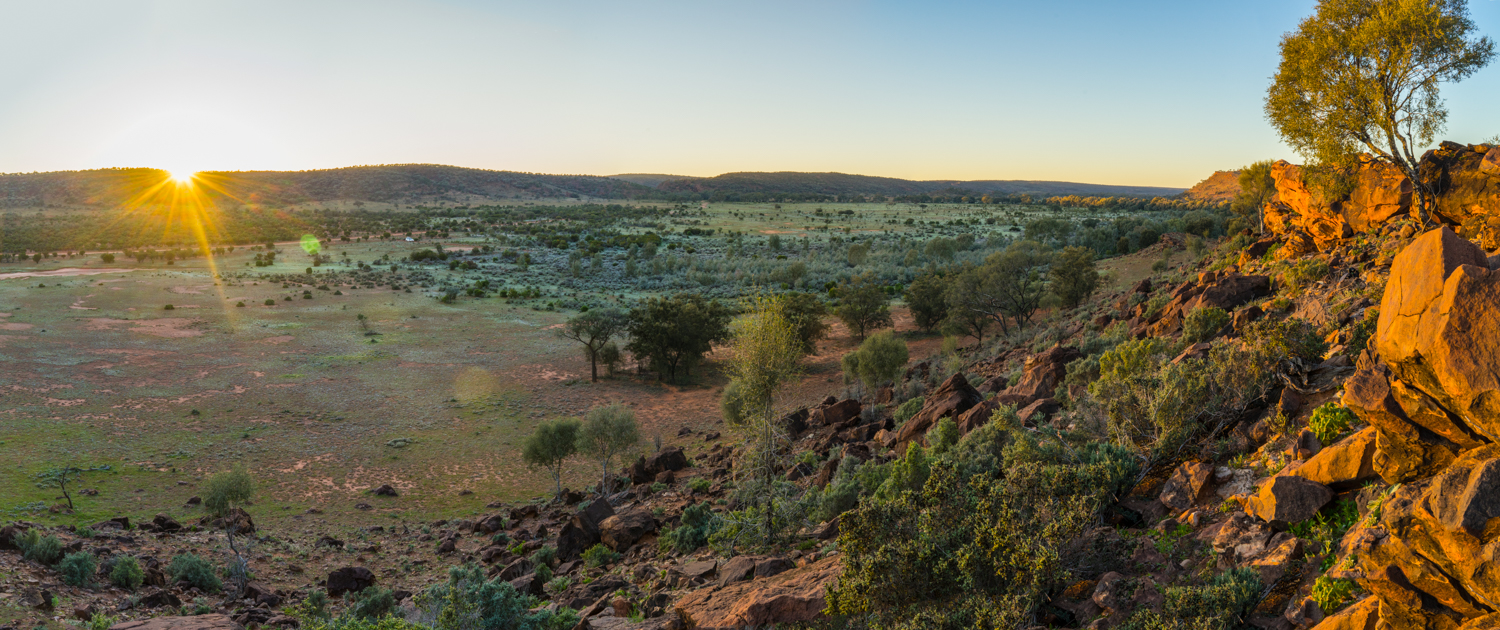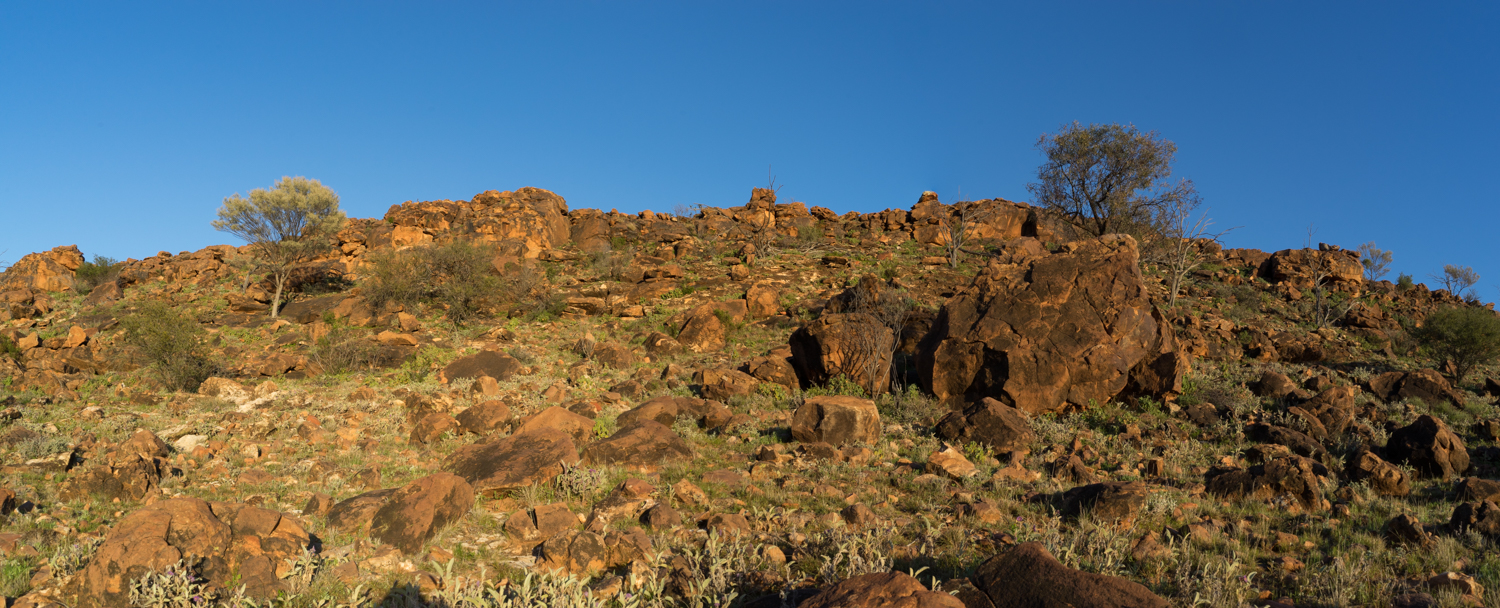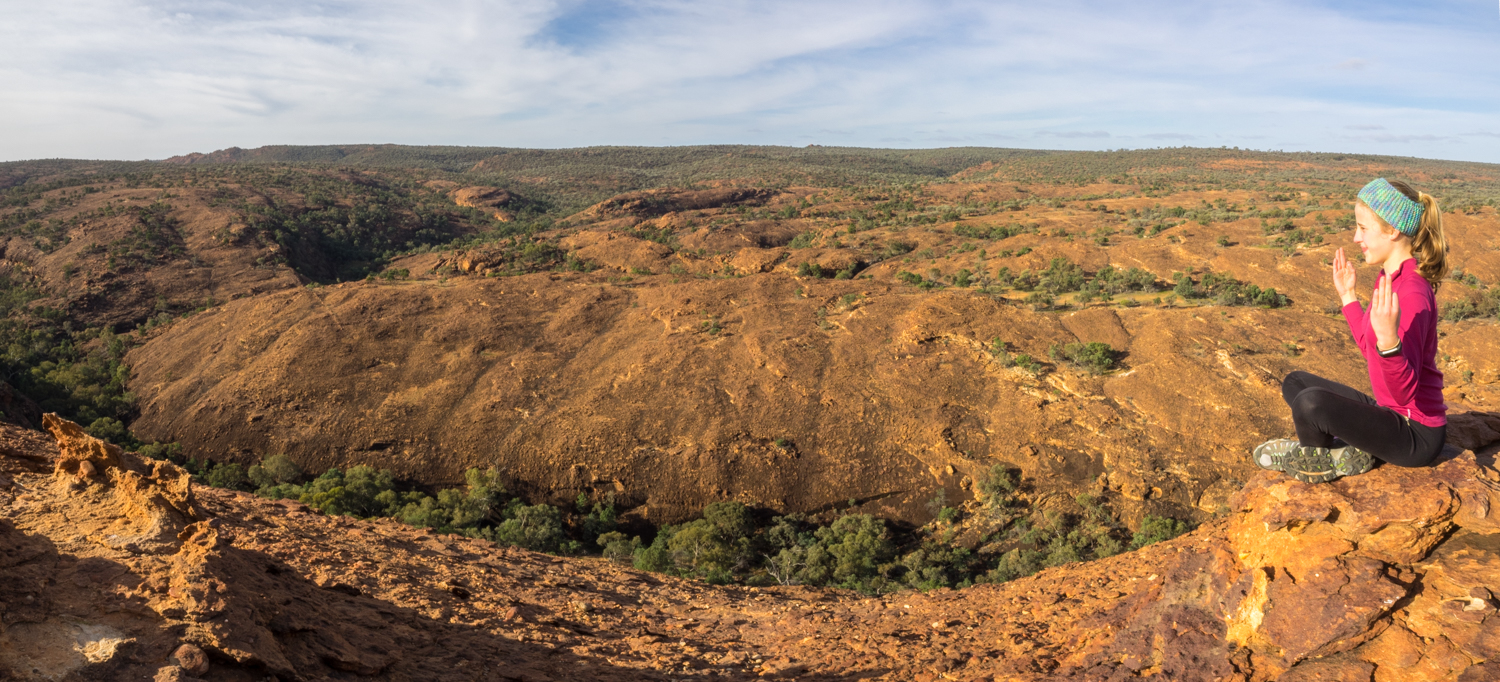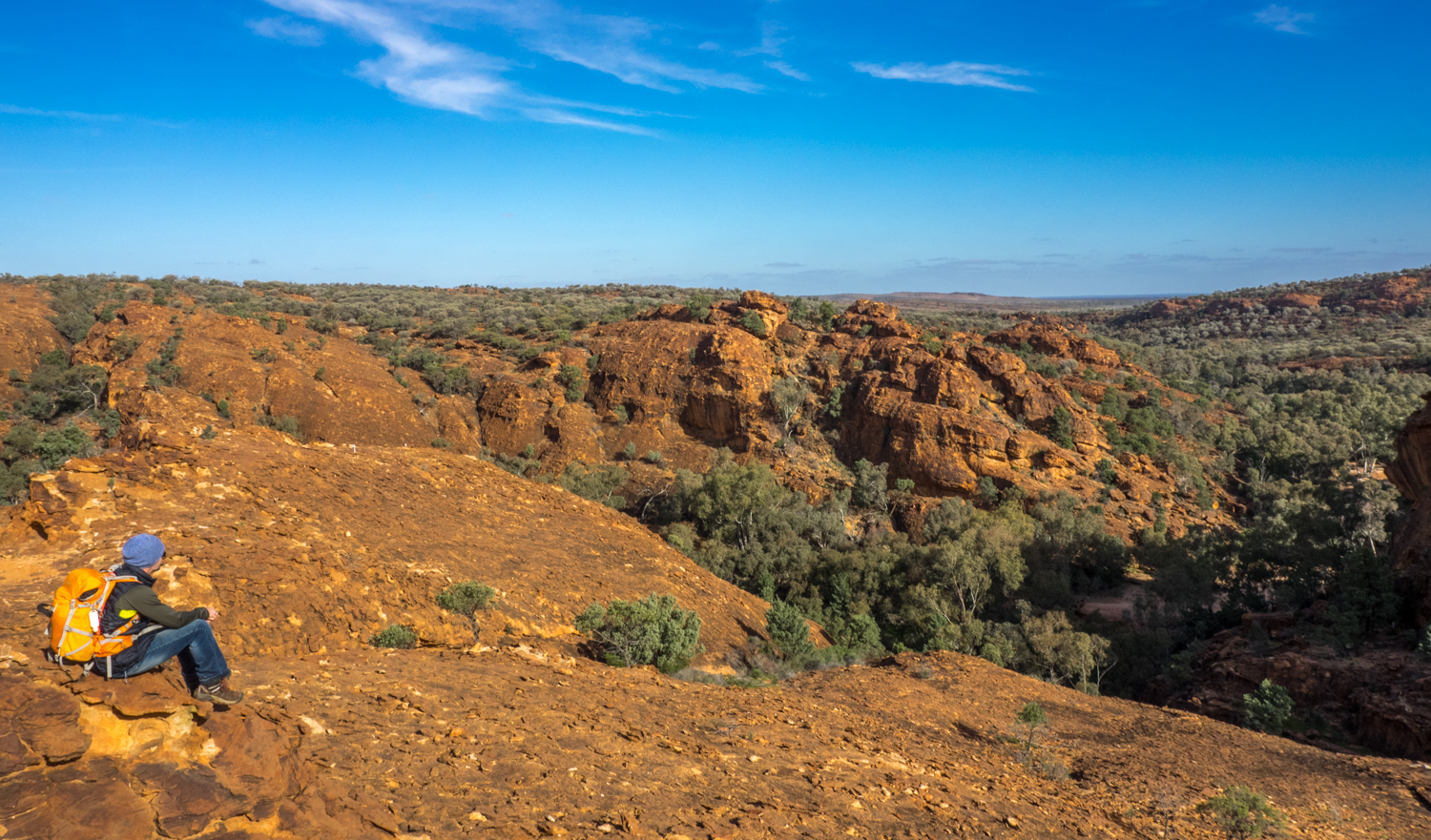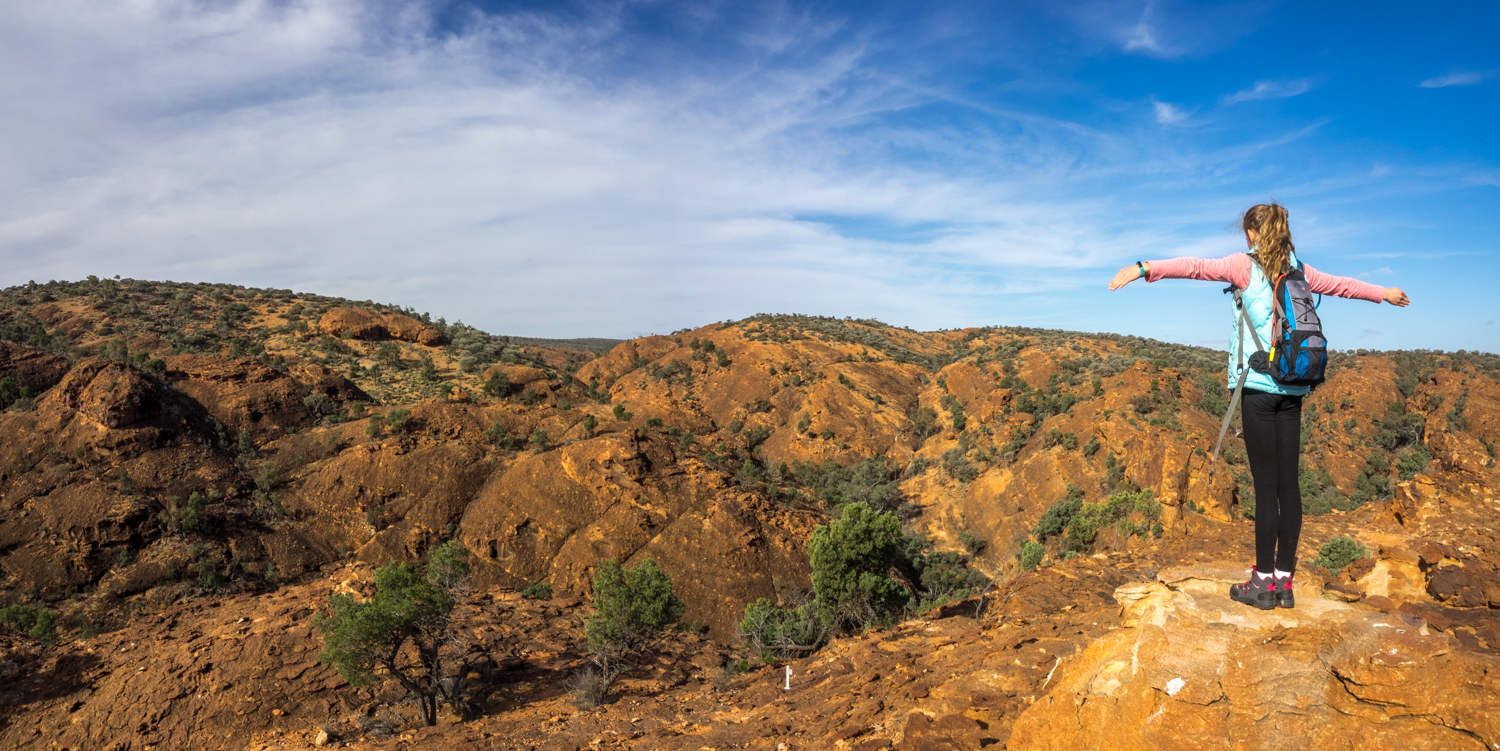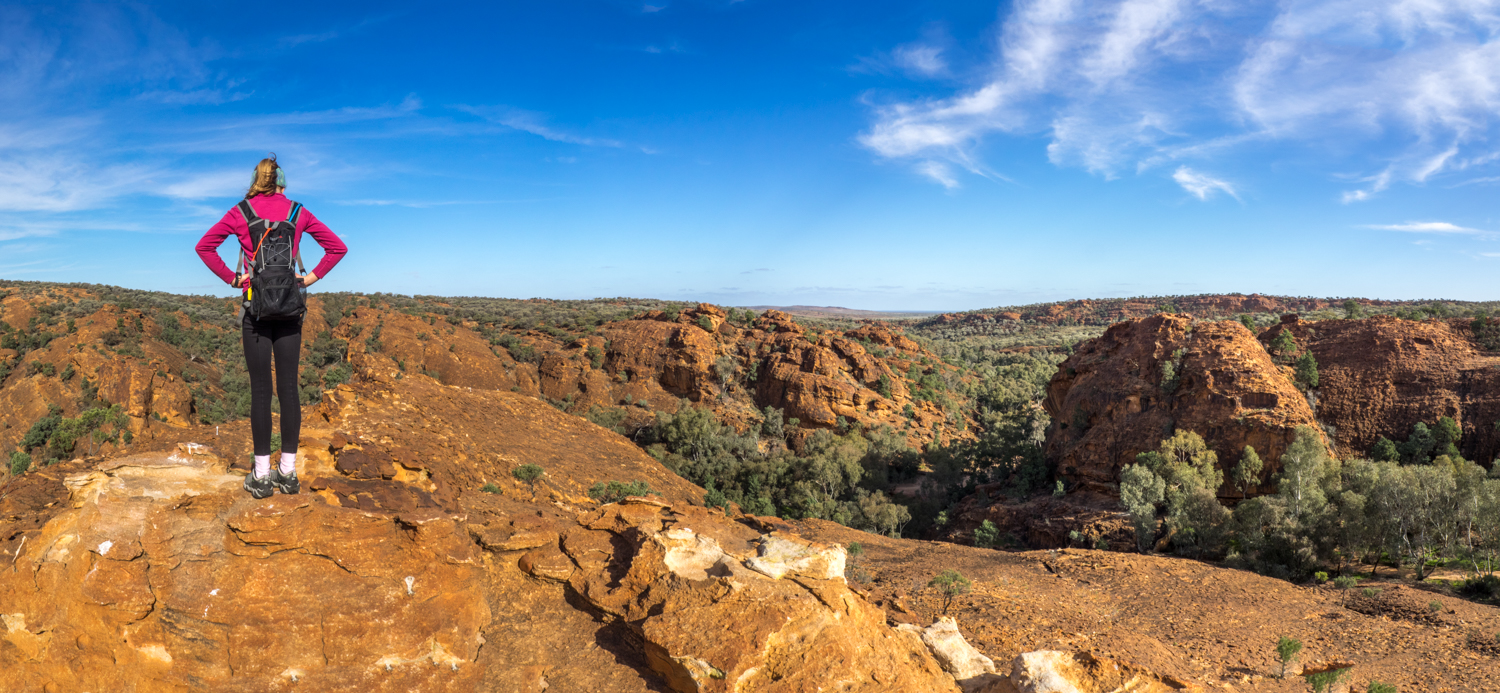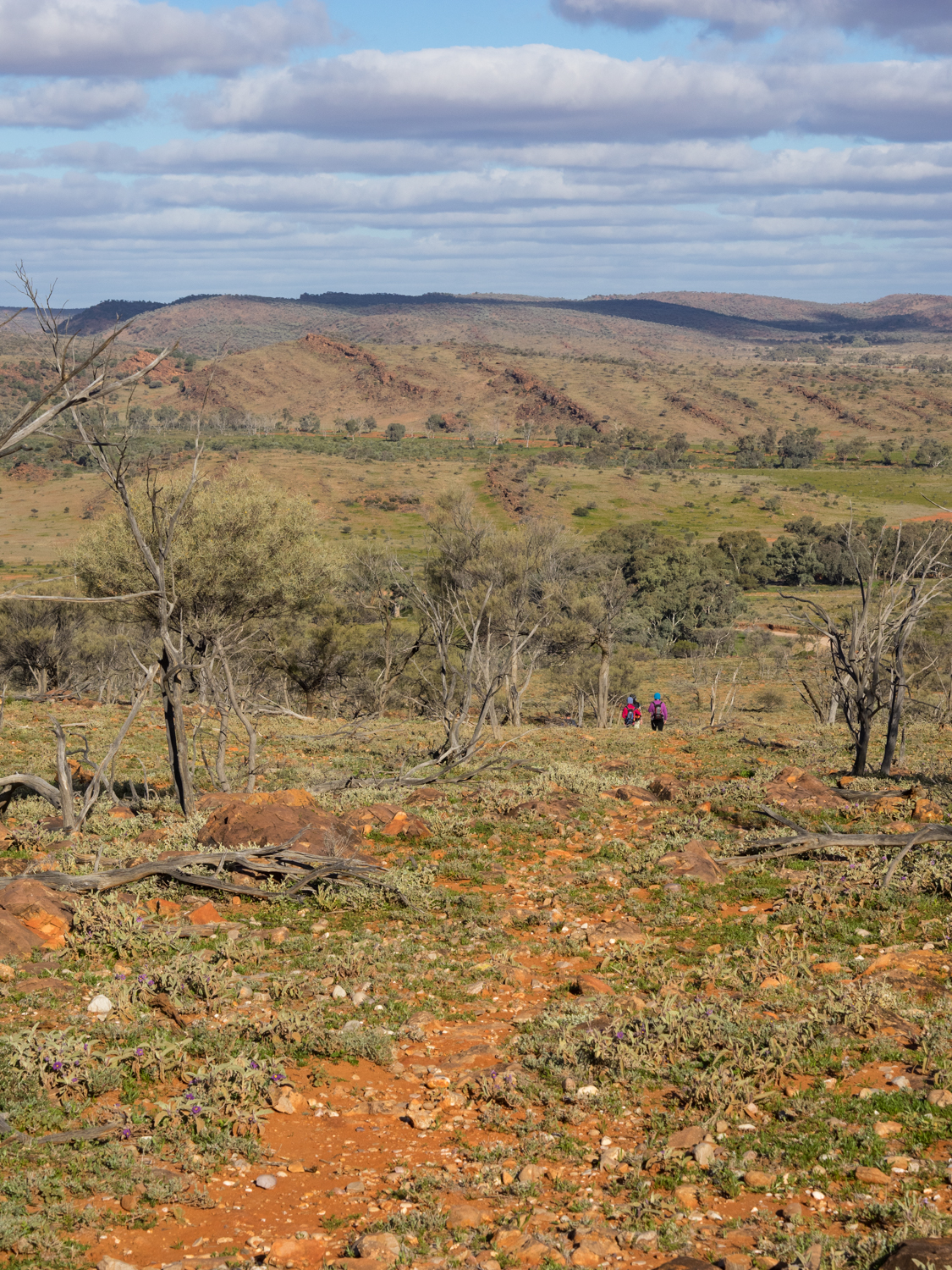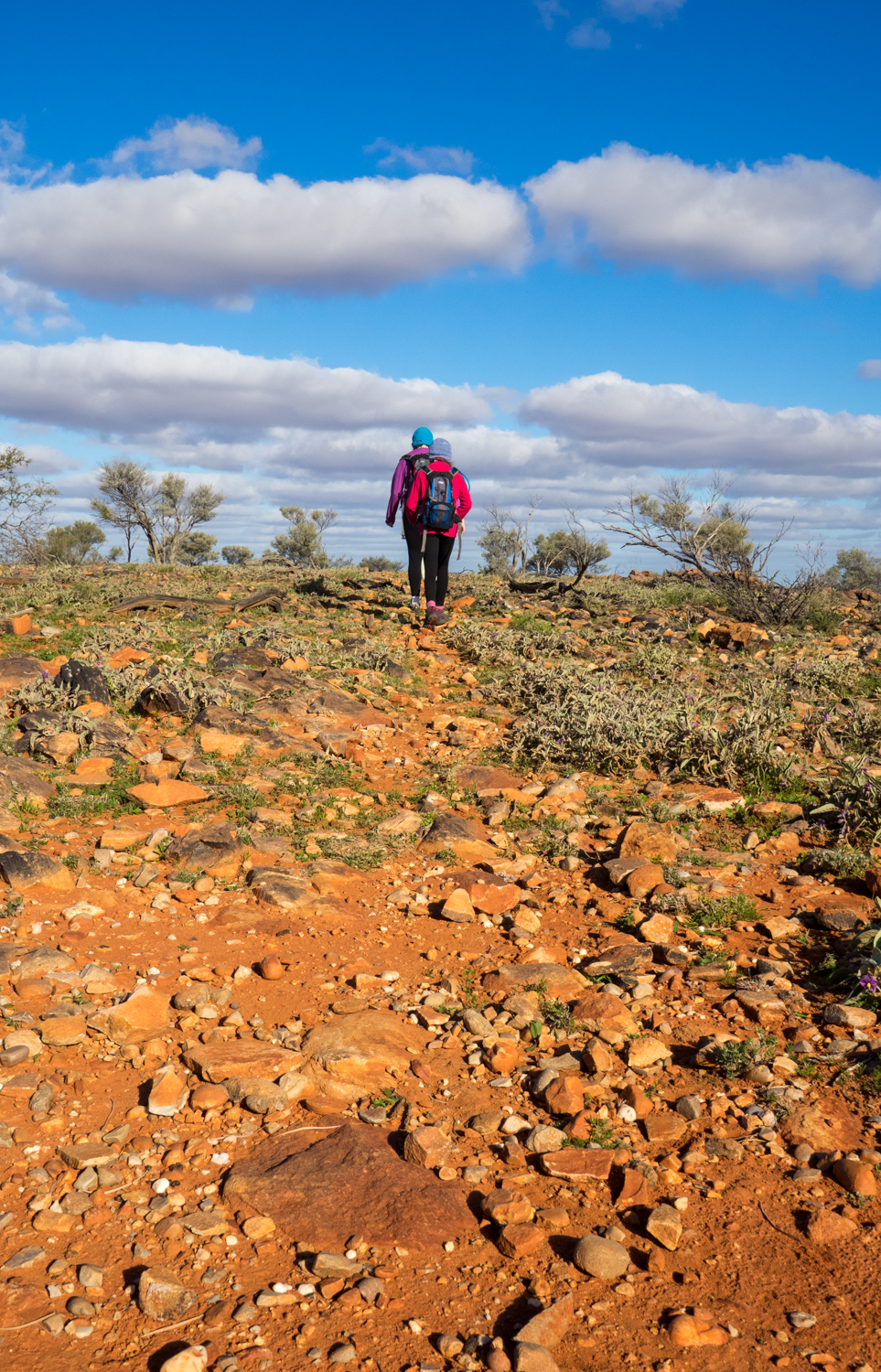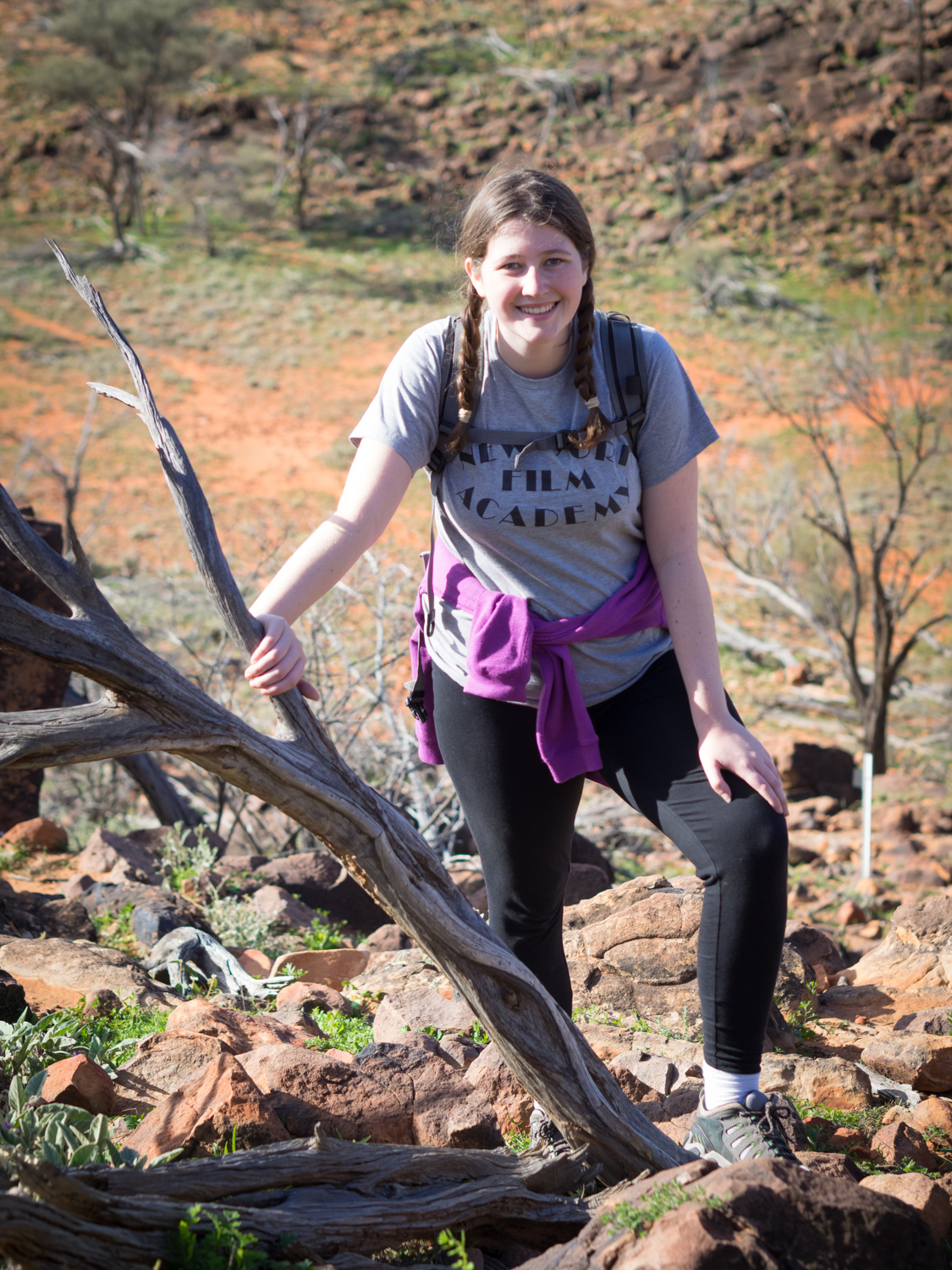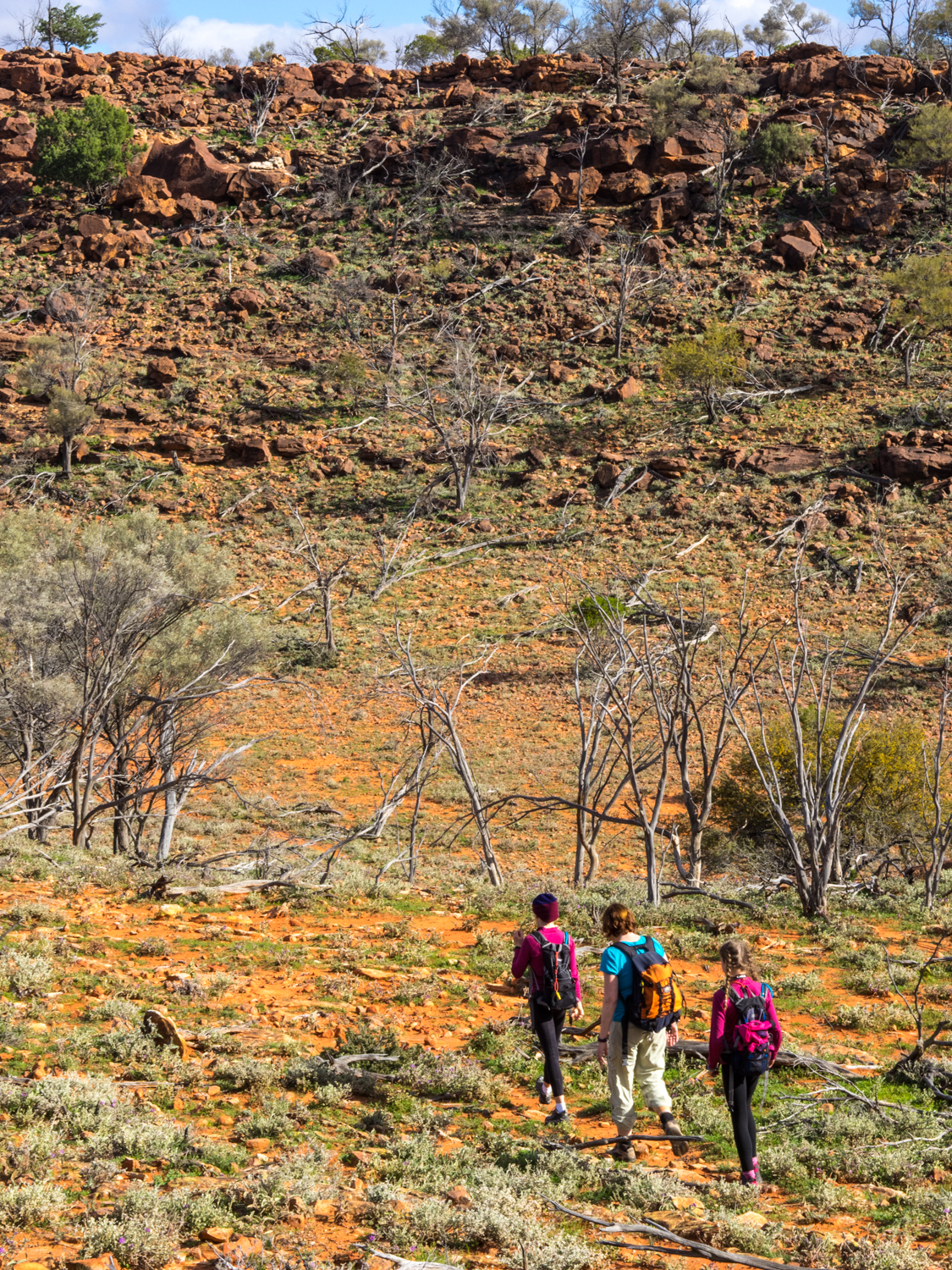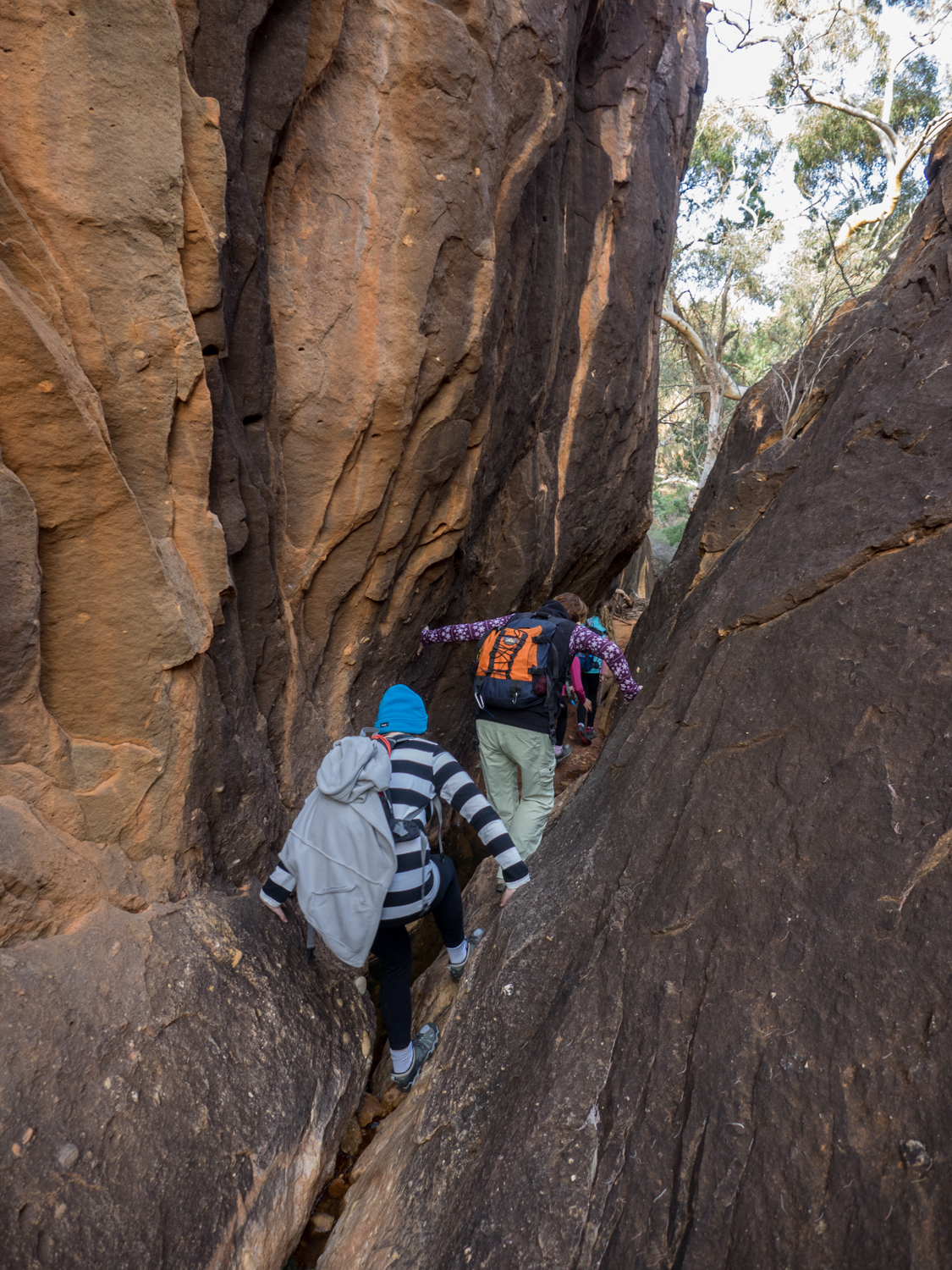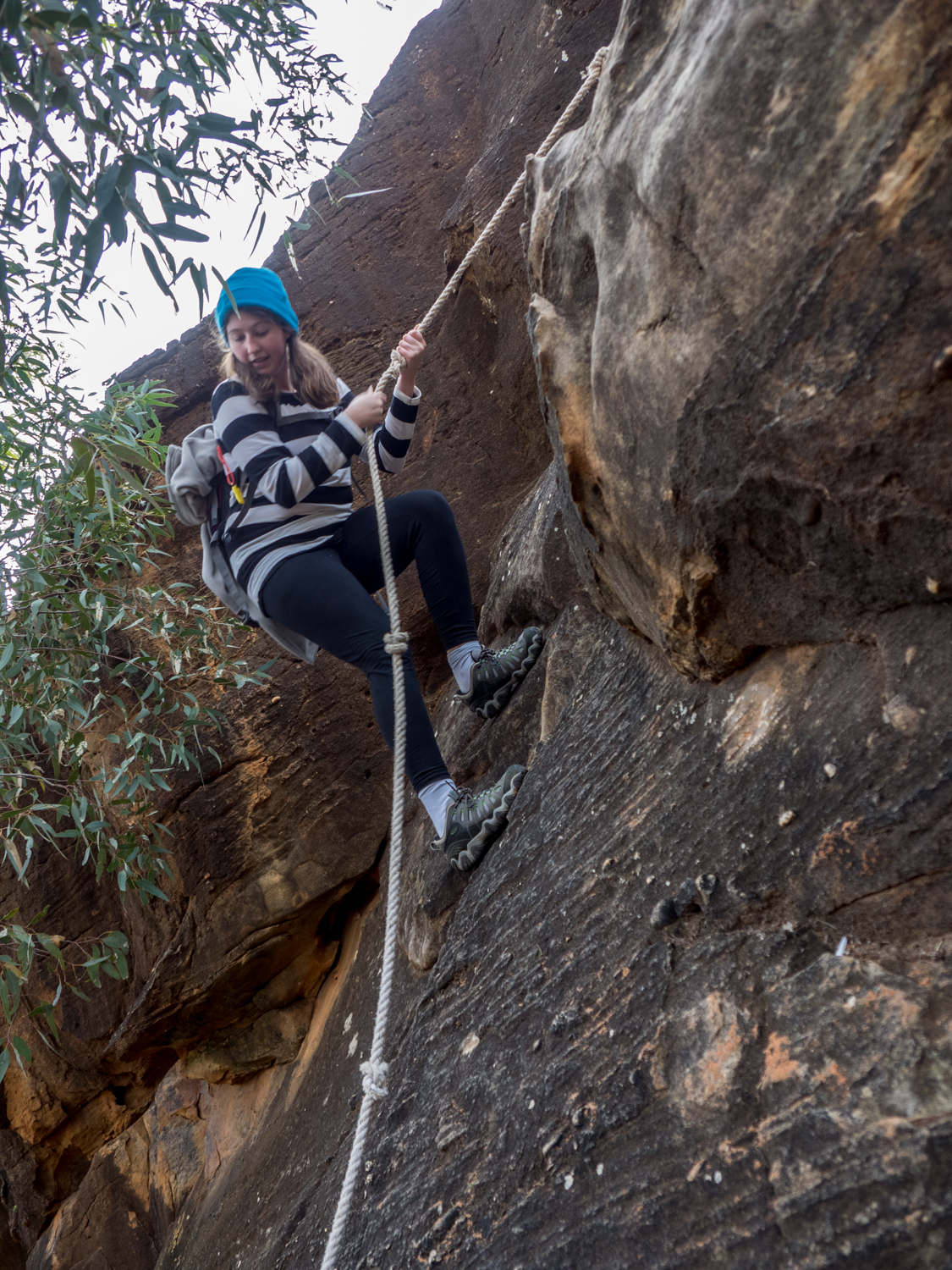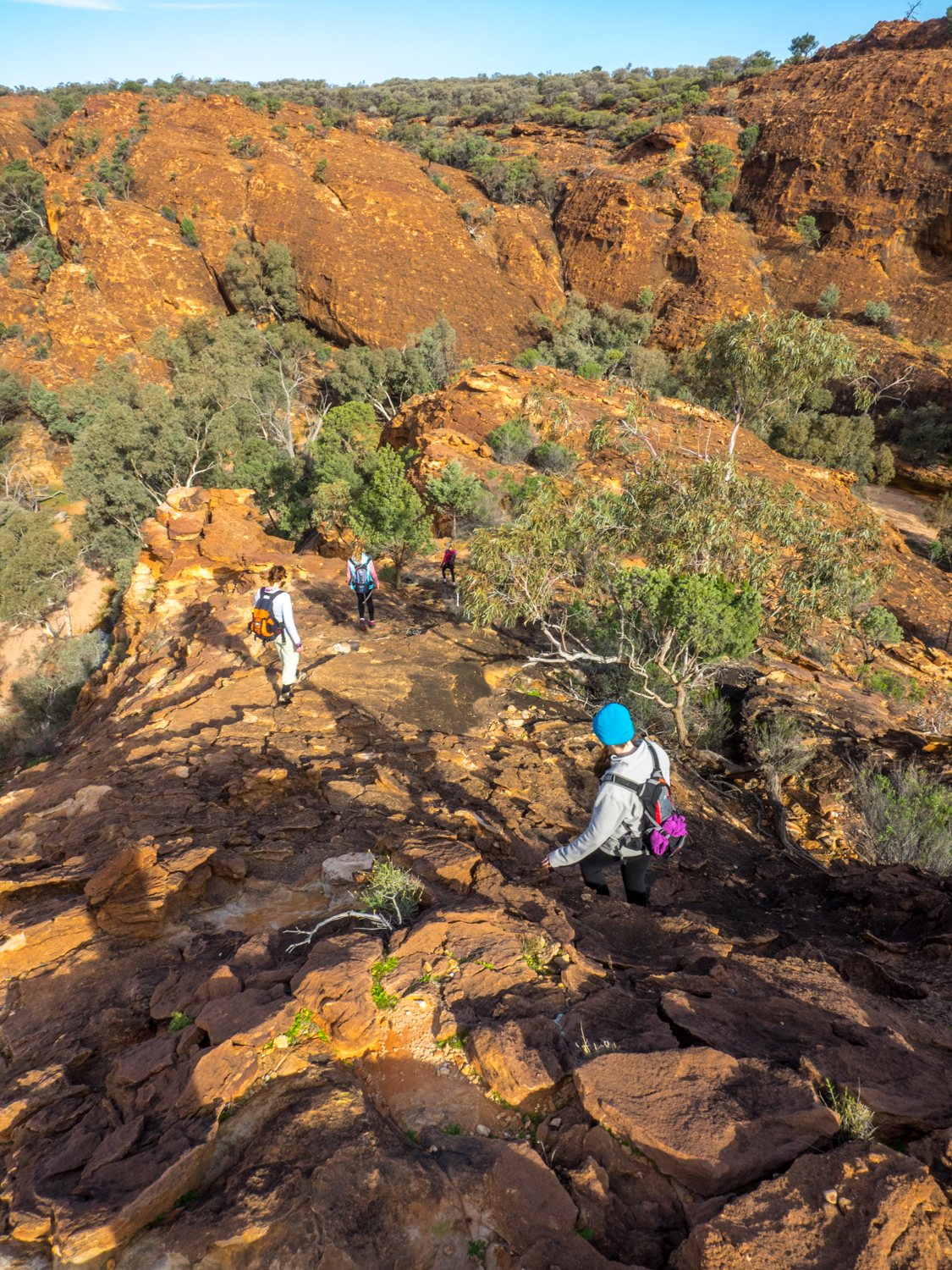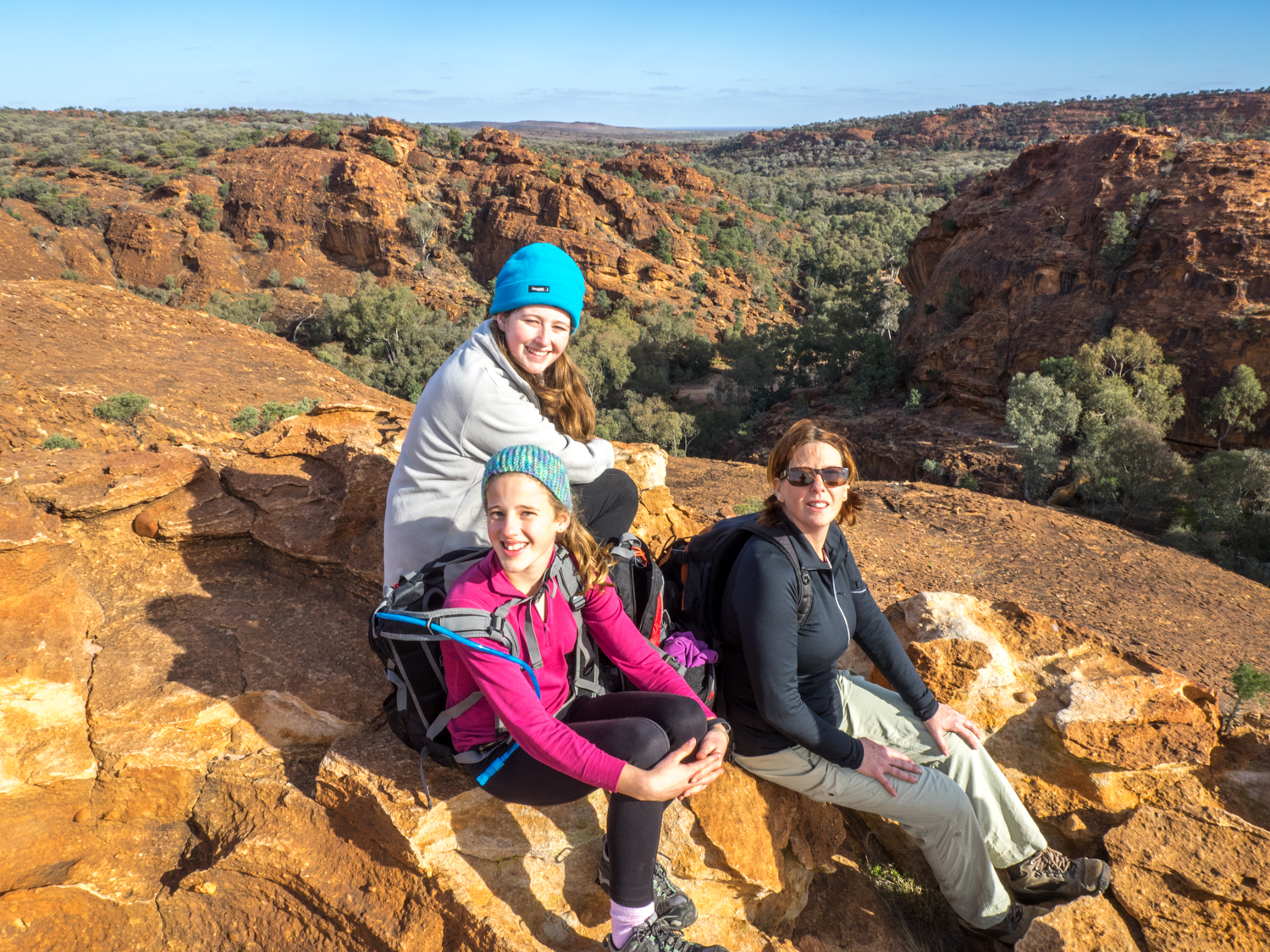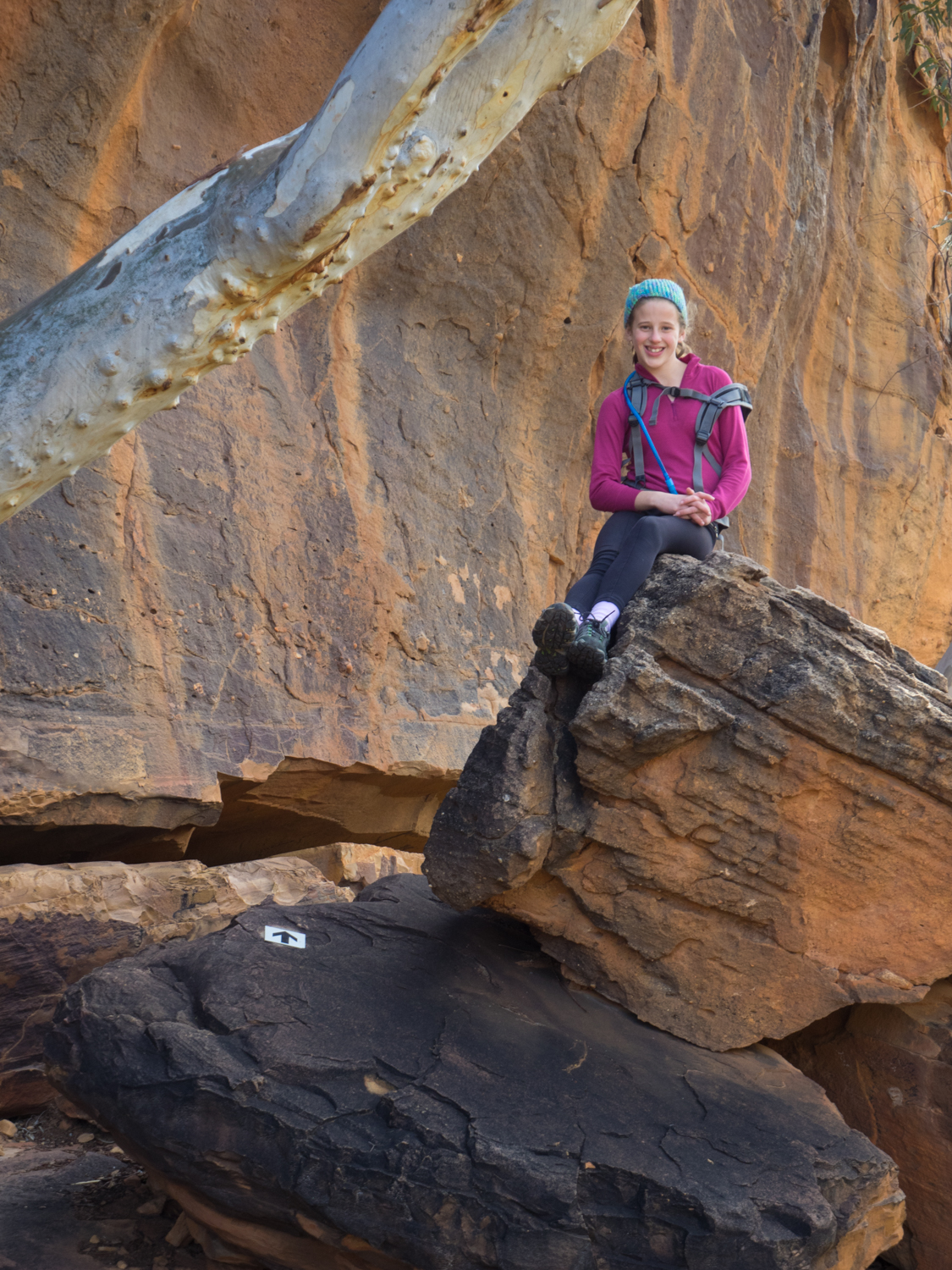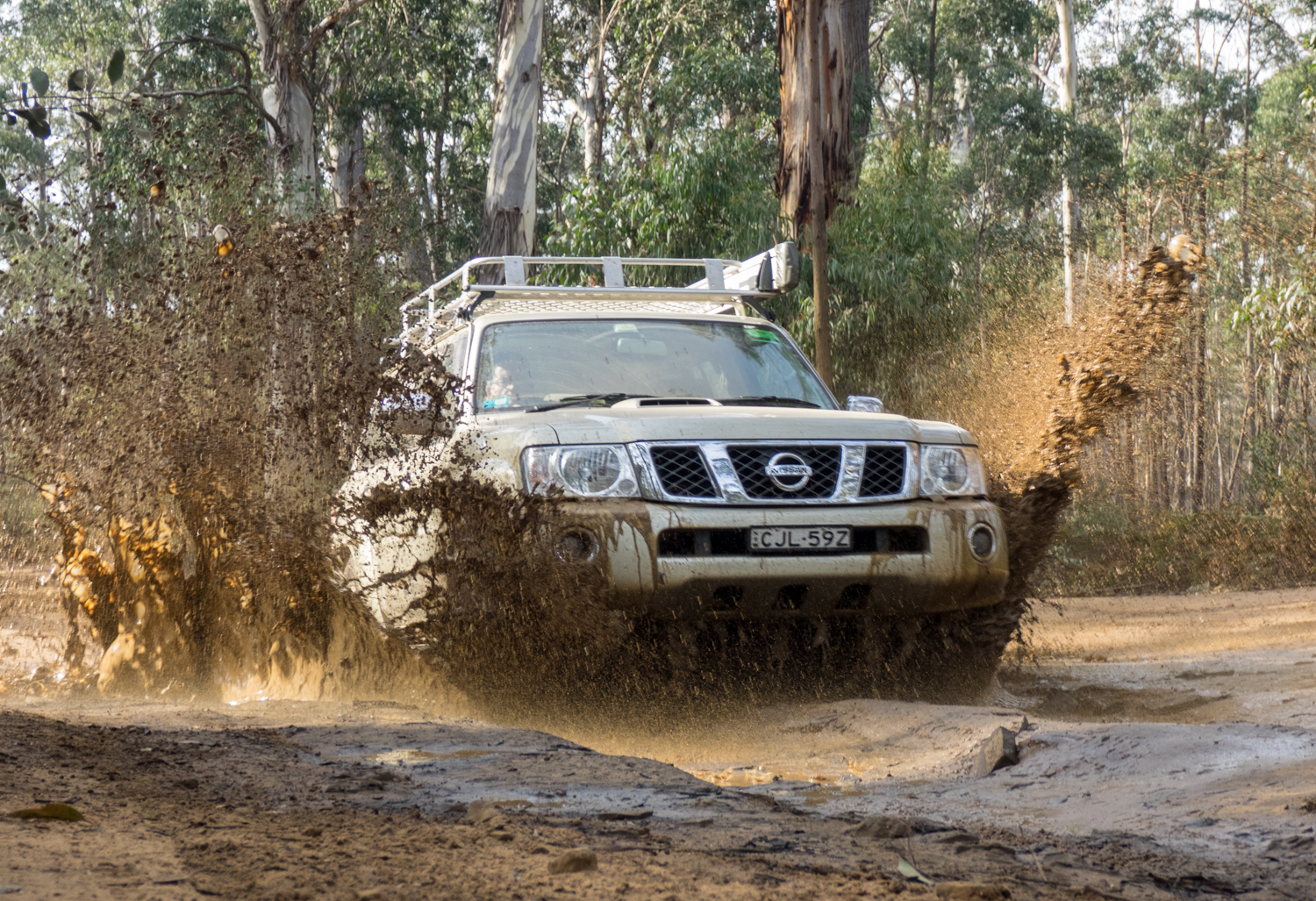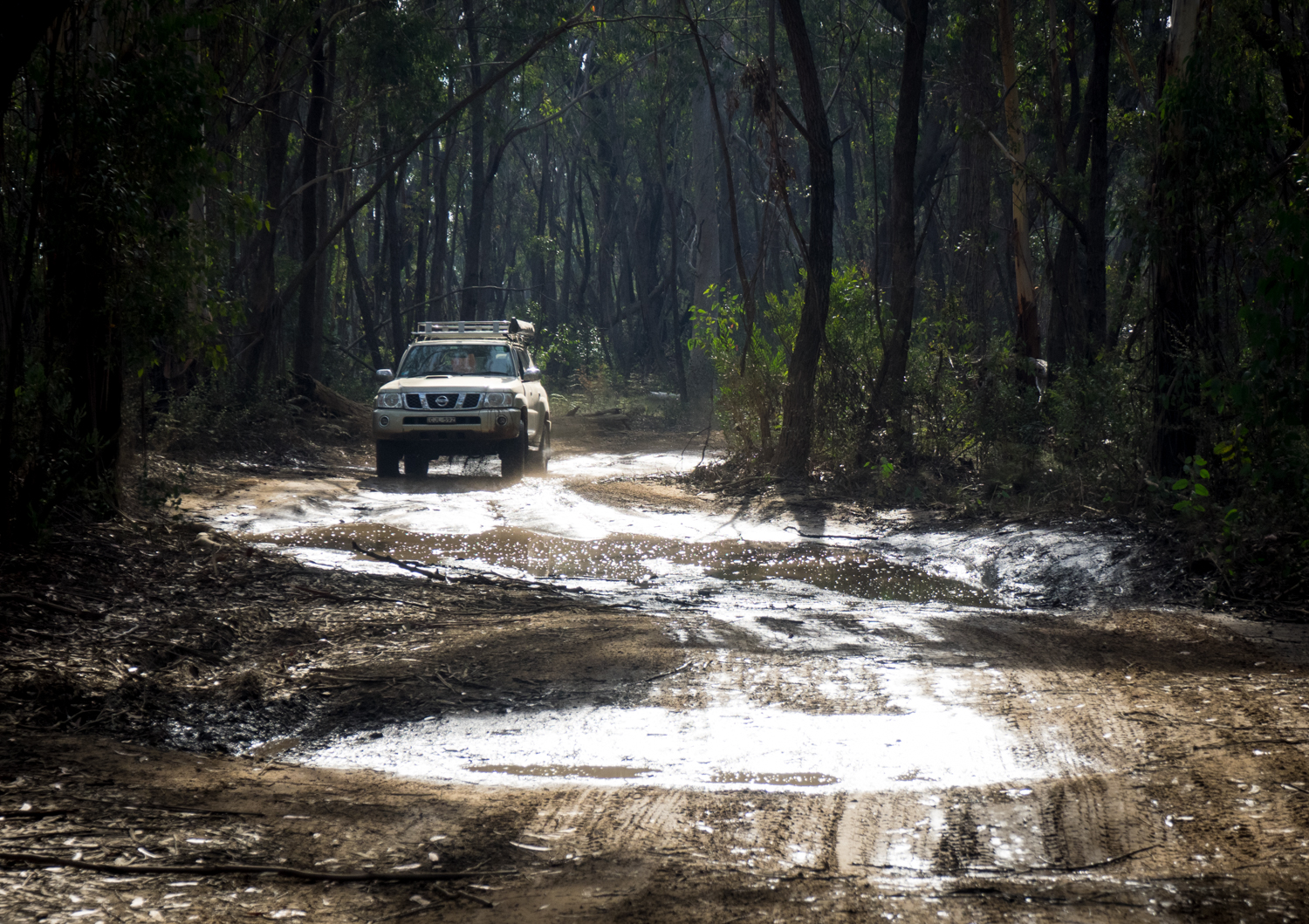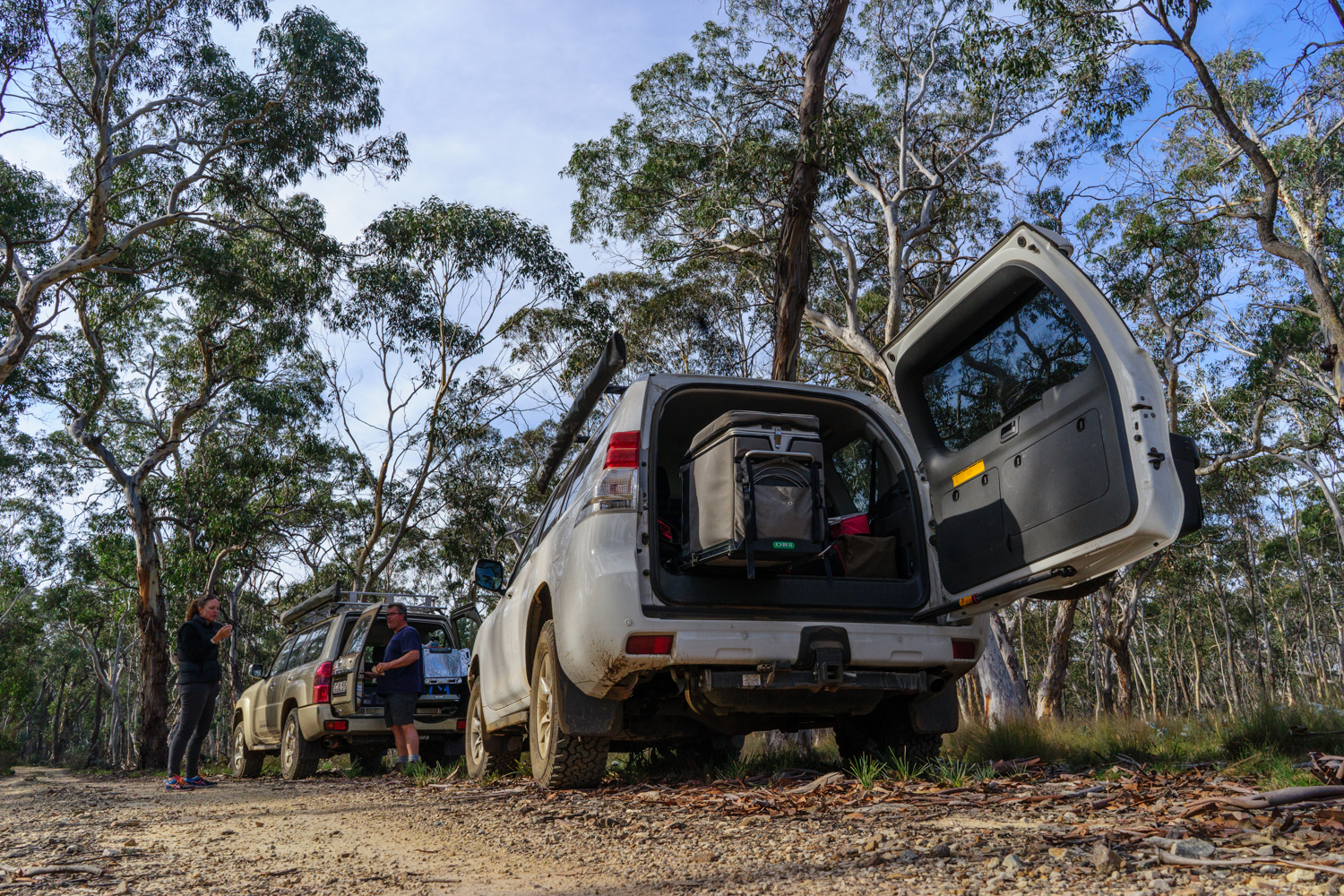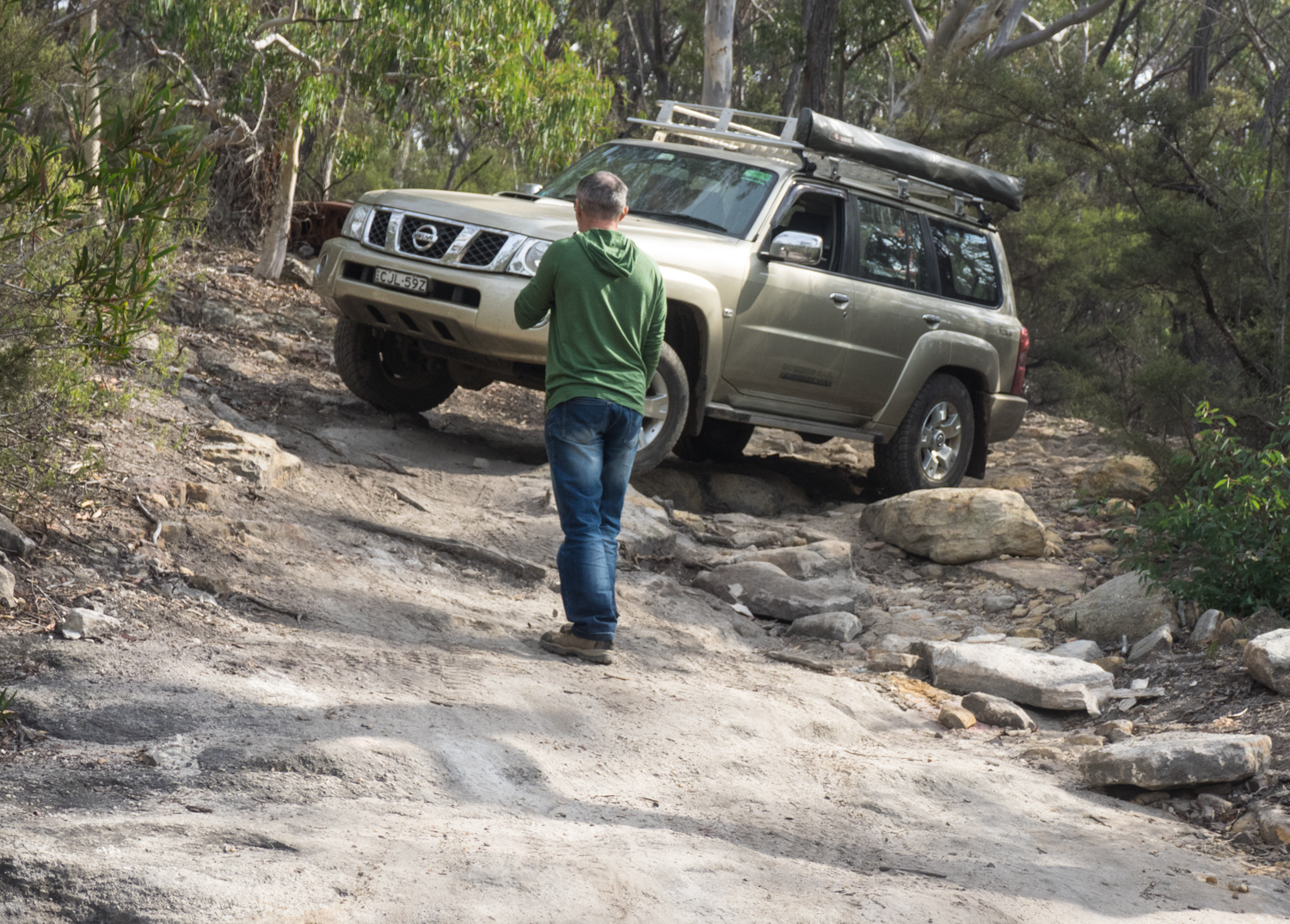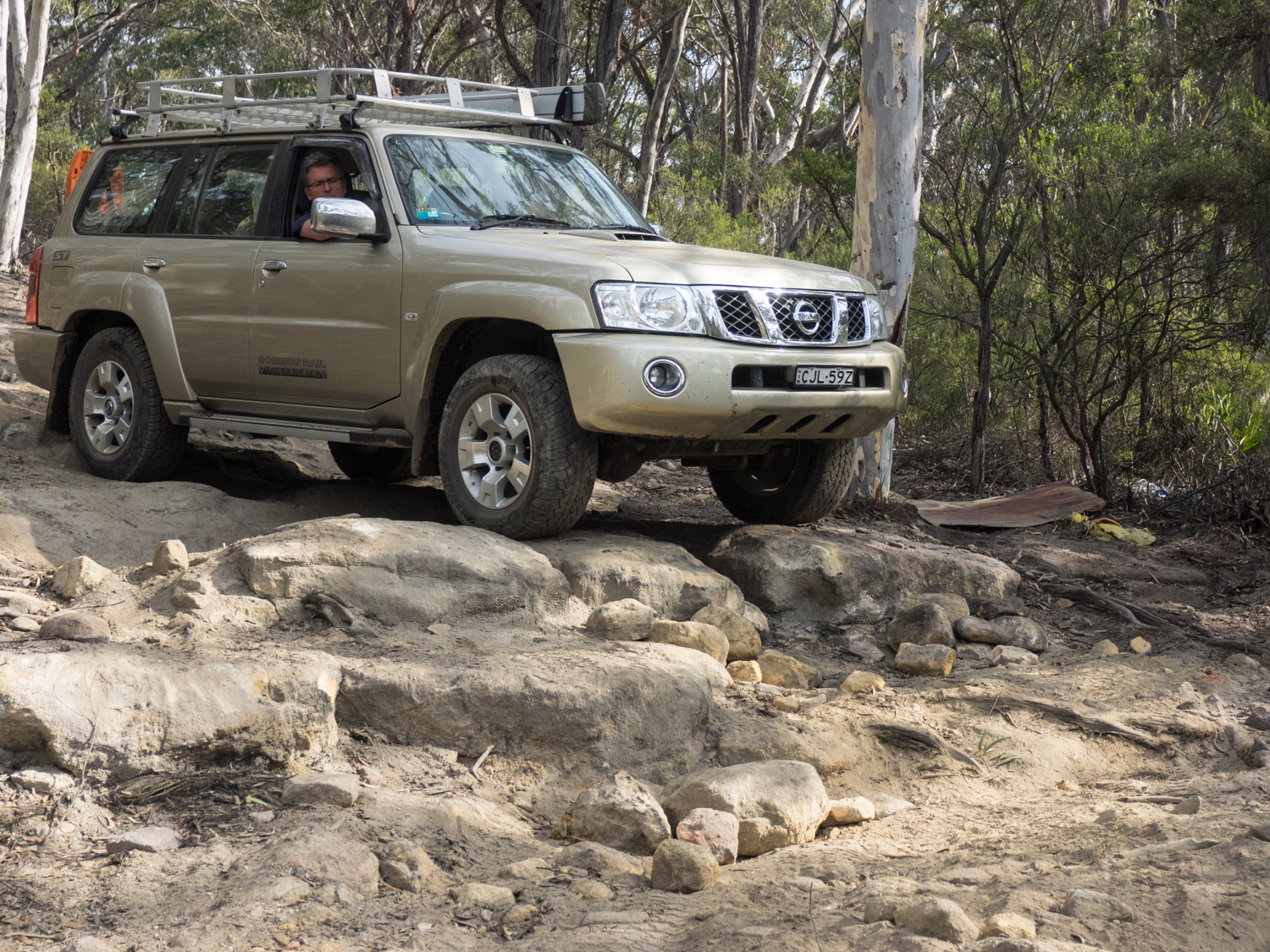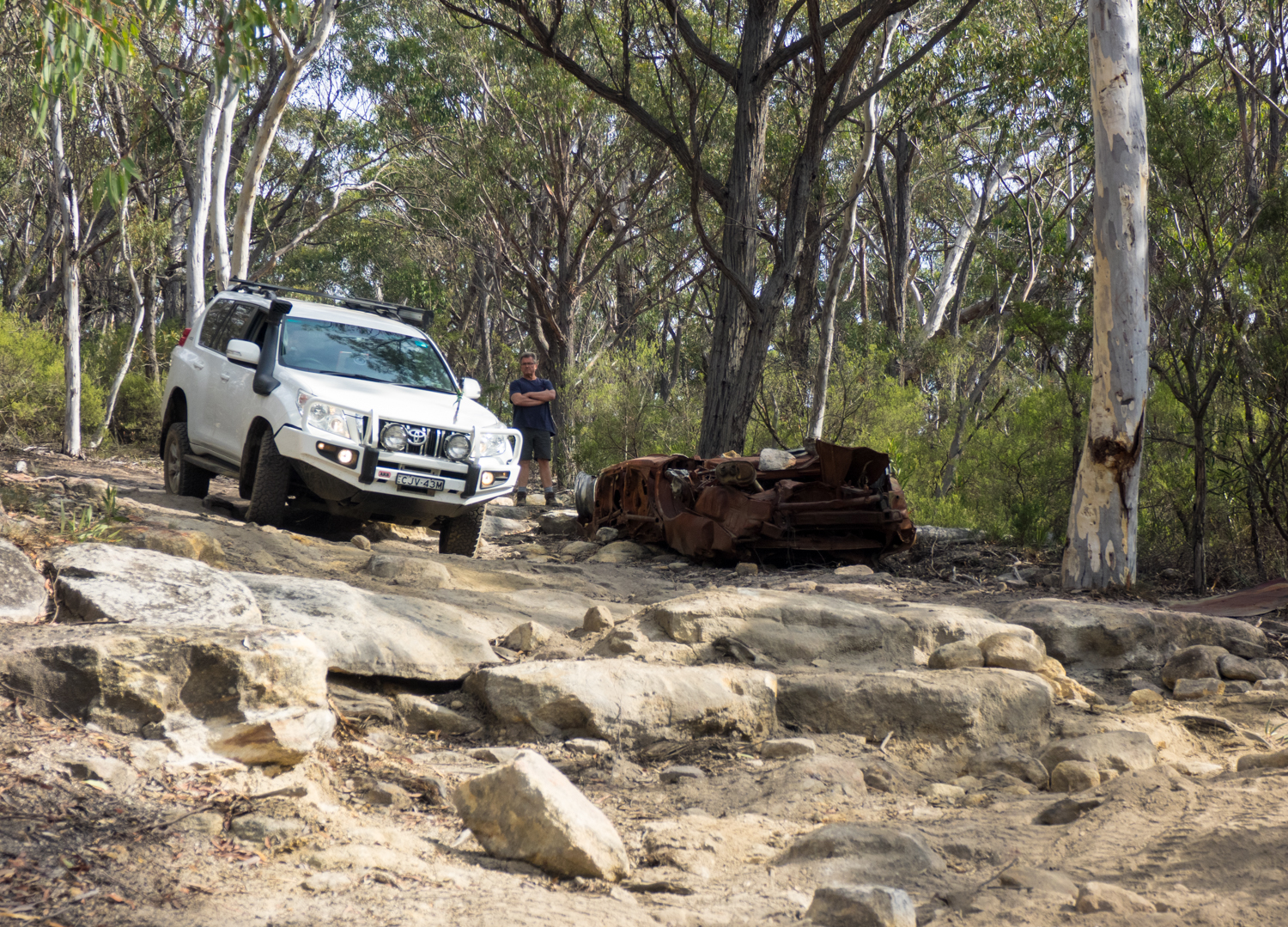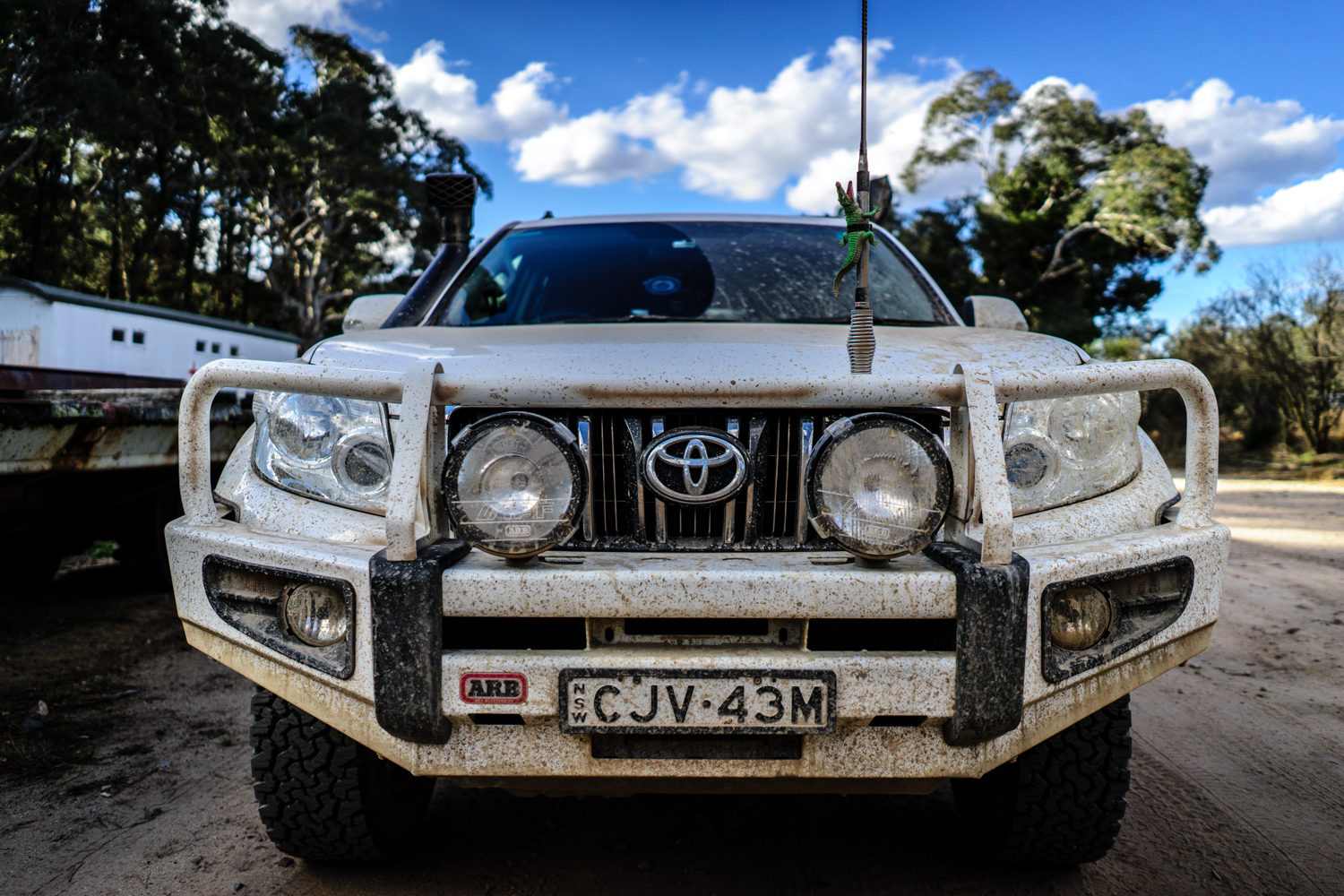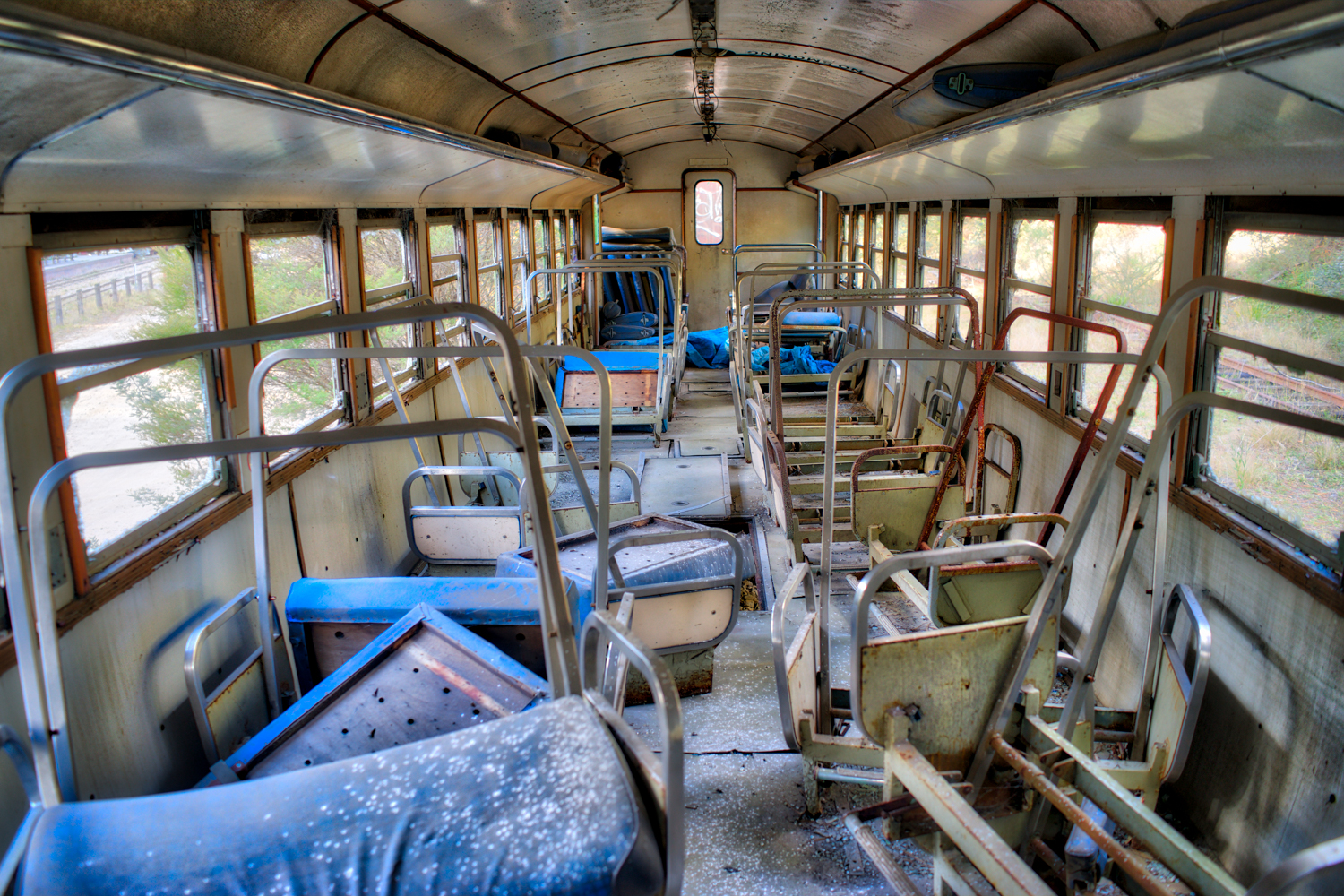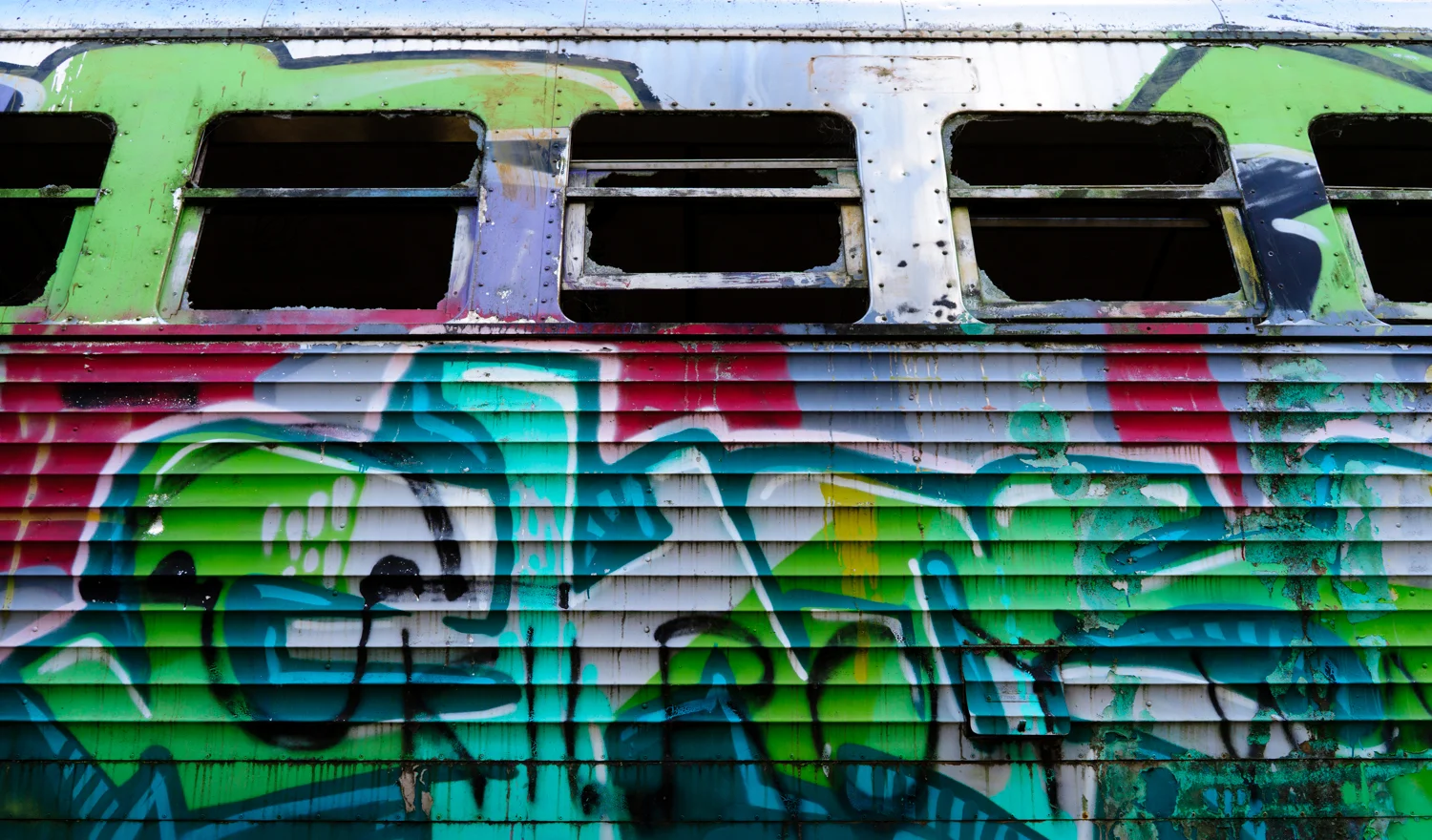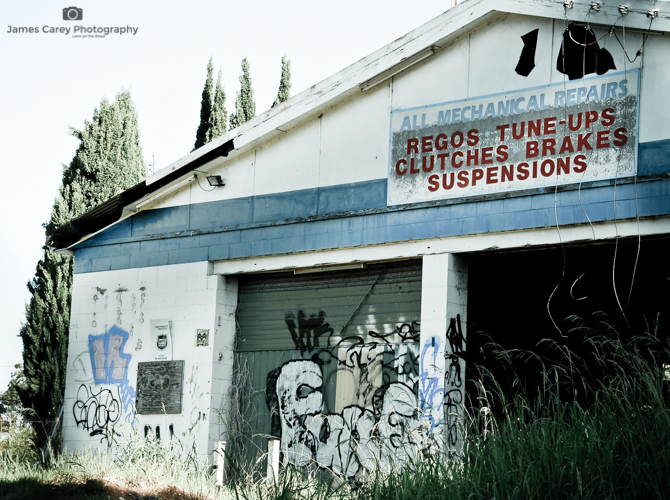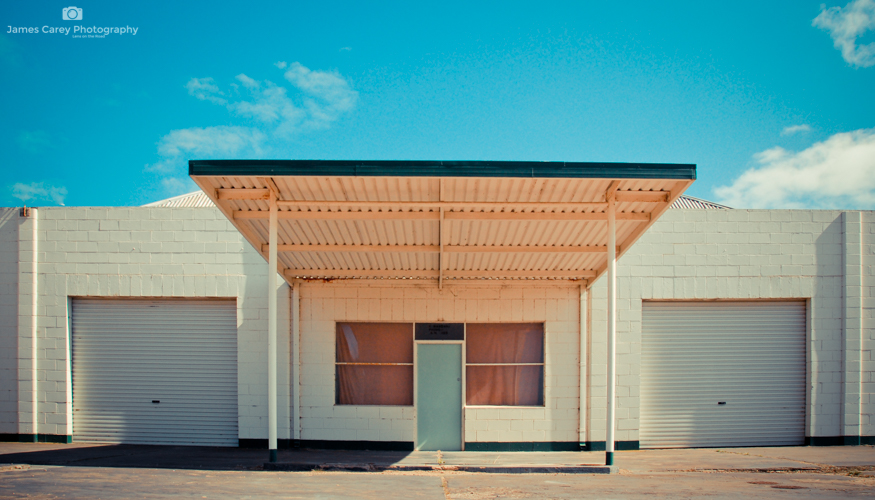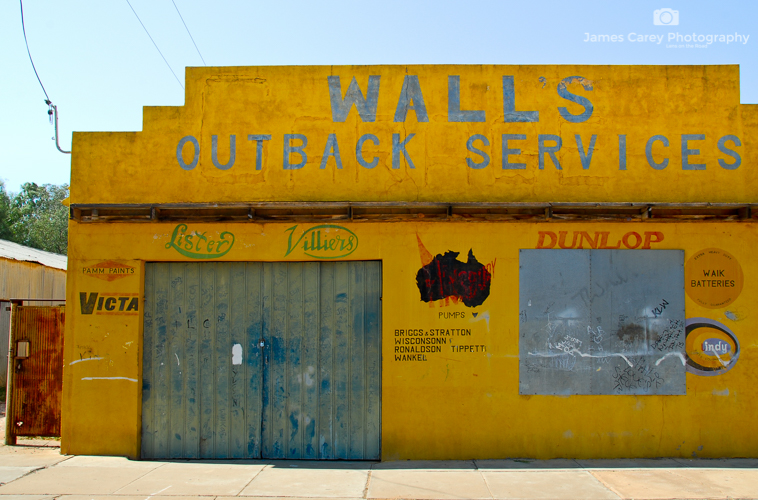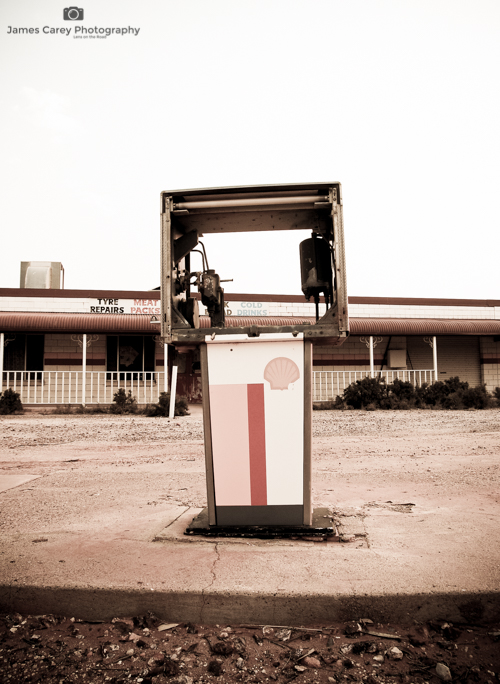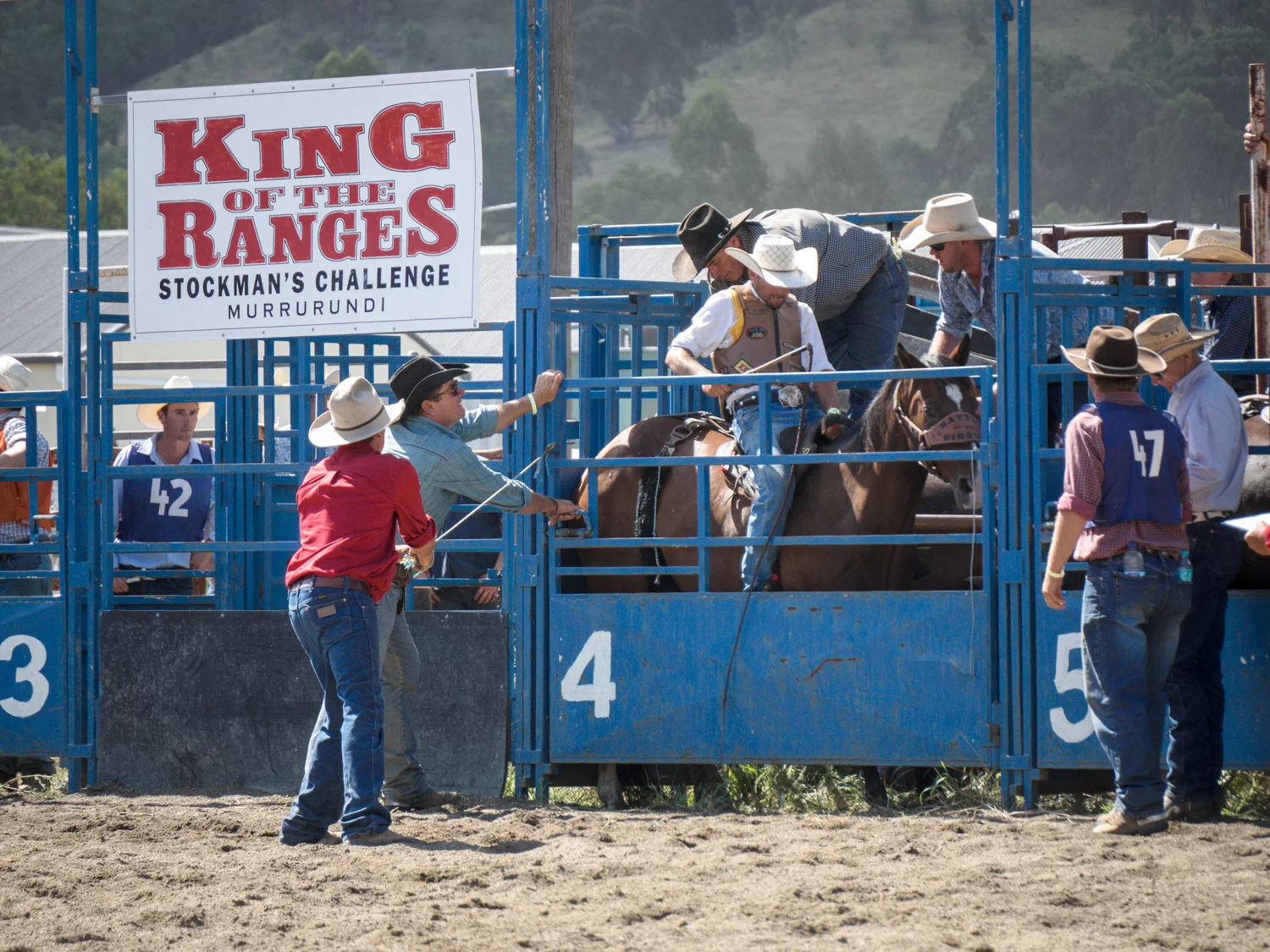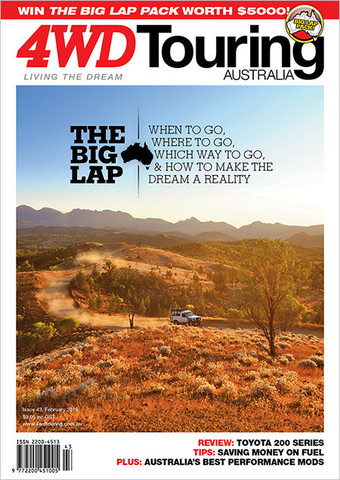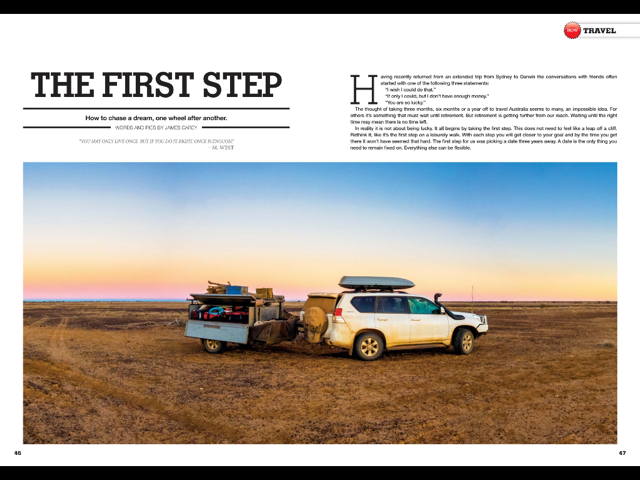Standing looking out to the Sir Edward Pellew Group of Islands, the warm ocean water of the gulf of Carpentaria slowly encircling my feet, it’s days like this that remind me why I love travelling this remote country.
The Gulf of Carpentaria is home to some of the most isolated coastlines in Australia with only a handful of places where a track leaves the safety of the woodland in search for the wide tidal beaches and turquoise blue water. Named after Pieter de Carpentier, Governer General of the Dutch East India Company, it was sailed in the 1600’s by Dutch navigators.
Modern day navigators in 4WDs generally head this way for two reasons. One is to make the pilgrimage along the Savannah Way, which runs all the way from Cairns in the East to Broome in the West. The other group are those that come to spend a week, month or forever to fish the rivers for that prize winning Barramundi.
Our journey was to do both with the added experience of following Burke and Wills desire to travel overland and touch the gulf. Leaving Katherine in the northern Territory its not long before we join the Roper Highway. A ‘highway’ is an interesting definition when you consider it is composed of a dirt track that has corrugations that would shake the false teeth out of any driver making the journey.
This section of the Savannah Way was also known as the Coast Track, becoming and path for a floating band of criminals and misfits on the run from Queensland. While originally called the coast track the track rarely gets within 100km of it.
One place where you can find a slice of the coast all to your self is on a private property called Lorella Springs. Located 550km from Katherine, it is part of a one million acre former cattle station. The vast cattle stations were established in the pastoral boom of the 1880s, however Lorella now catering for a different kind of muster as travellers congregate around the watering hole – in this case an open air bar.
Taking a 29km side road off the Savannah Way you know you are in for a rough ride with a sign proclaiming ‘100,000 bumps to go”. While the car may not appreciate the effort, the sight of green lawn, surrounding natural springs makes the journey worthwhile.
Lorella Springs is twice the size of the ACT, comprising open savannah land, rivers, watering holes, billabongs, imposing escarpments and hundreds of km of 4WD tracks. The size and remoteness of this place also means it’s not hard to find yourself at a secluded watering hole in the knowledge that very few others have wallowed in the sparkling pool. It is also good to know that you wont find any locals. That is locals of the salt water croc type, making it a perfect place to wash off the dust after days on the road.
While our search to dip our toes in the gulf could have involved following a rough 4WD track to the the coast, we chose to push on to another equally unique location.
Back on the Savannah Way it is not long before we reach Borroloola, one of Australia’s most remote towns, located beside the McArthur River. While the river is a great spot to throw in lure, we push on to another site equally famous spot on the McArthur. 20 km past Borroloola a turn off leads to the King Ash Bay Fishing Club. During Easter the club hosts the Barra classic where bragging rights are fought but any time of year you will find an assortment of itinerants and nomads trying their luck. With an outdoor bar (obviously a common thing up north) it is no wonder they boast King Ash Bay as a place ”people come for the fishing – stay for the lifestyle”.
While we did not have luck with the fishing our search for the Gulf was more successful. Not far from King Ash Bay the dirt track is replaced with black tar, the first for several hundred kilometres. But this is not for the benefit of the traveller rather the mining trucks which transport ore to the Bing Bong Loading Facility where 400,000 tones of zinc ore leave our shores each year. Unfortunately, access to the coast is not possible from here however you can get a tantalising glimpse from an elevated viewing platform where you can look out over the mountain of dirt destined for overseas.
But if you search hard enough there is a small 4WD track that leads to Mule Creek and off this track, two small wheel ruts that snake its way past the mangroves and onto the flats. Now it is only the brave that venture on to the flats for fear of being swallowed by the mud, but the draw of the shimmering azure waters is impossible to resist.
The last 100 metres is a leisurely walk north across the sand flats, passing low slung mangroves and large Baler shells washed up on the beach. These large shells got their name from early Europeans who witnessed them being used to bail out canoes by the local aboriginal people. But we came to witness this one moment. An opportunity to Touch the Gulf.
------------------
The Savannah Way is a 3,700km route that links Tropical North Queensland with Broome in Western Australia.
Lorella Springs is 29km off the Savannah Way between Borroloola and Roper Bar. Access is subject to weather conditions with most travelling during the dry season.
King Ash Bay is located north of Borroloola with 500 acres of land. It’s a great spot to pick up a fishing charter or houseboat with a range of camping and cabins available.















